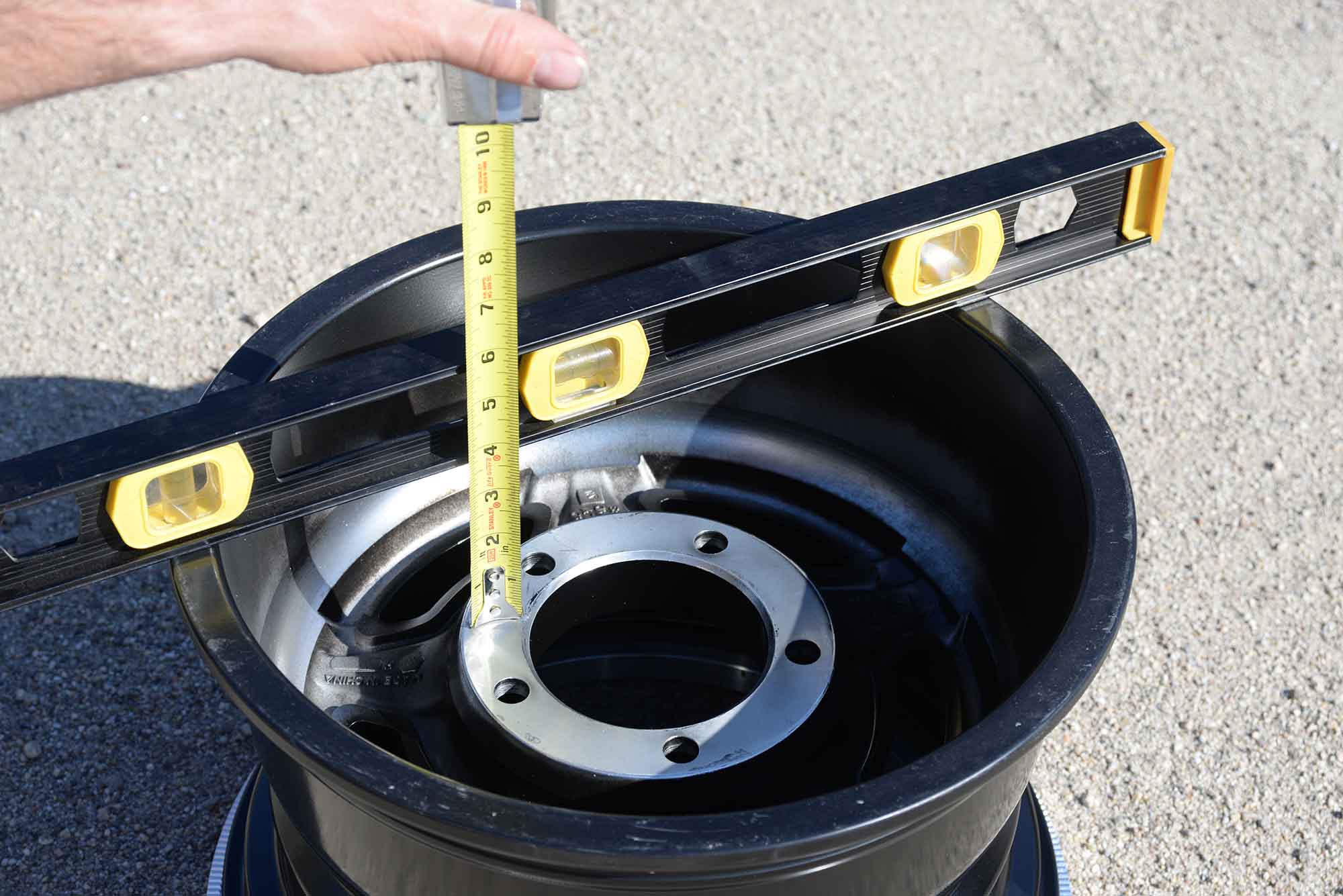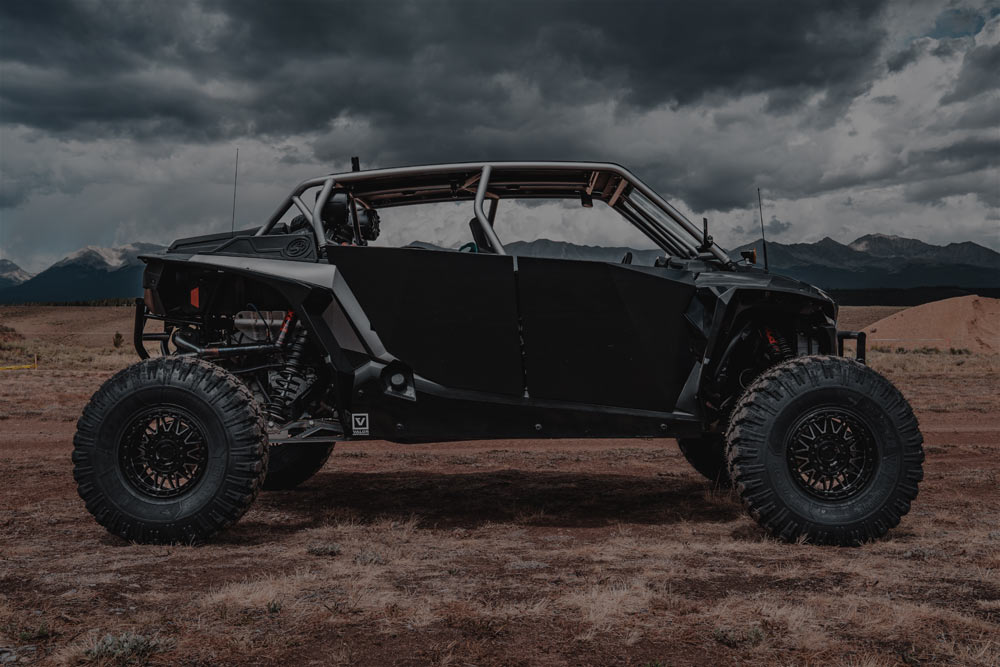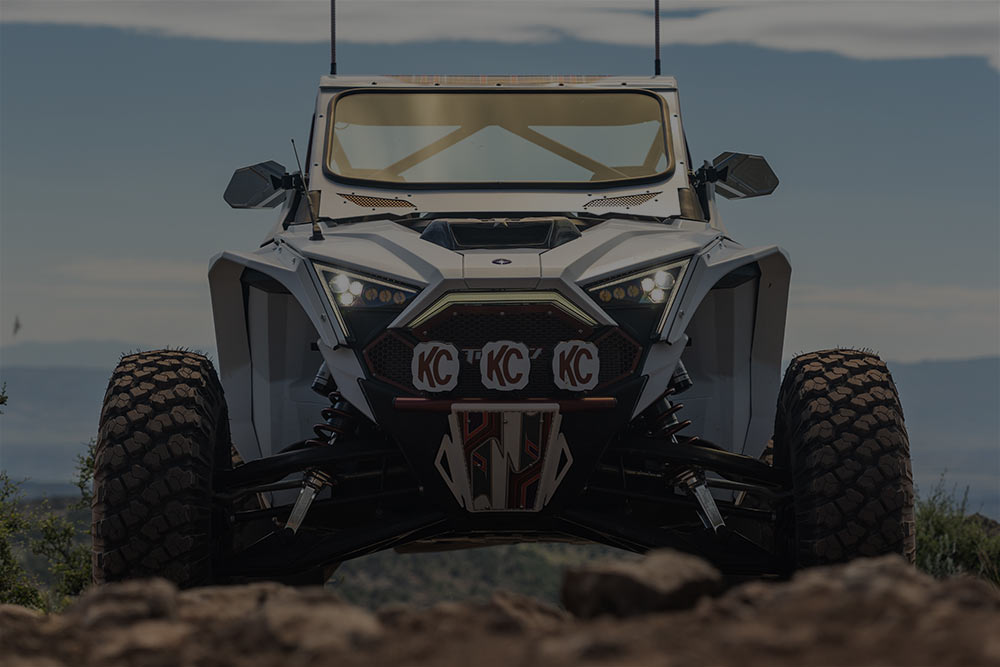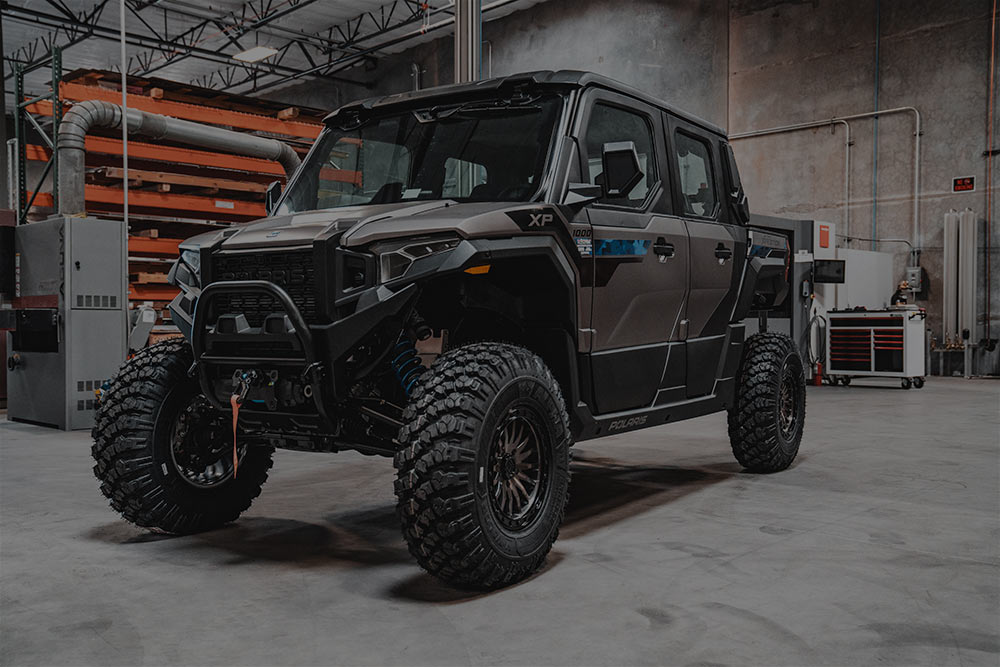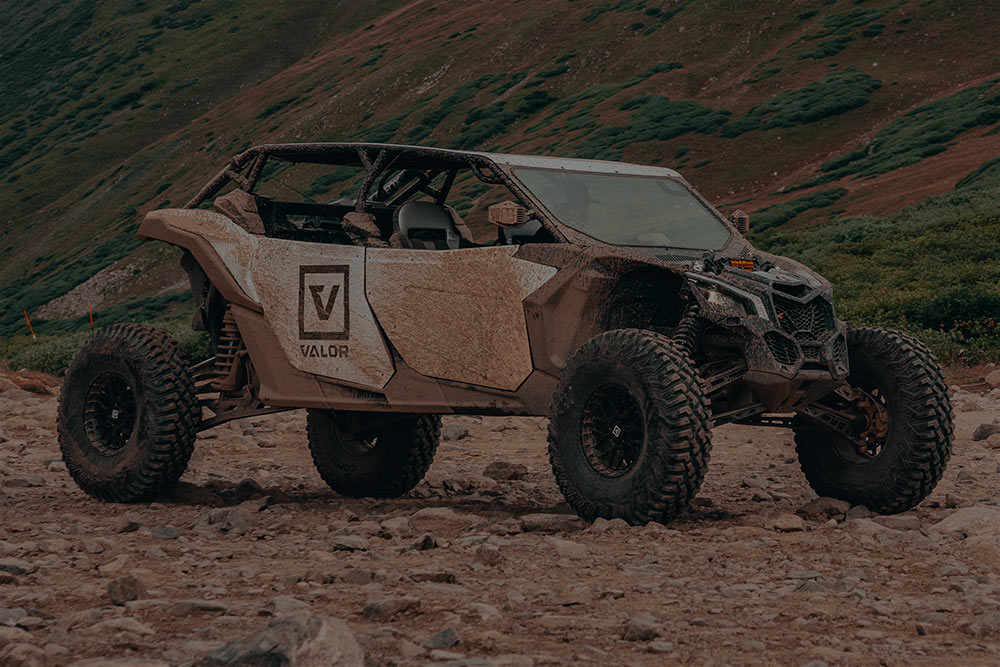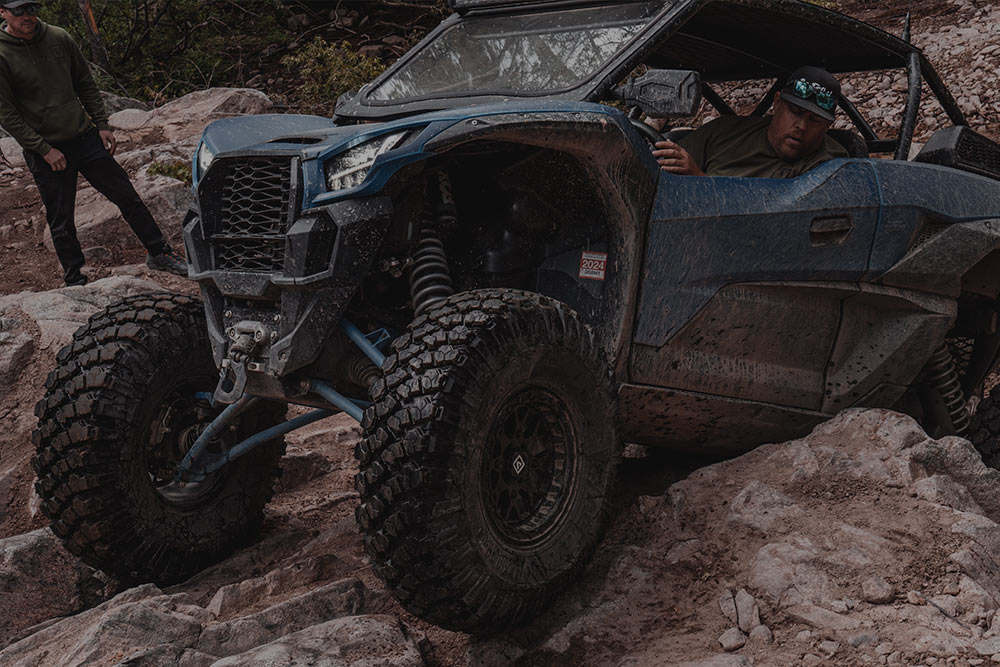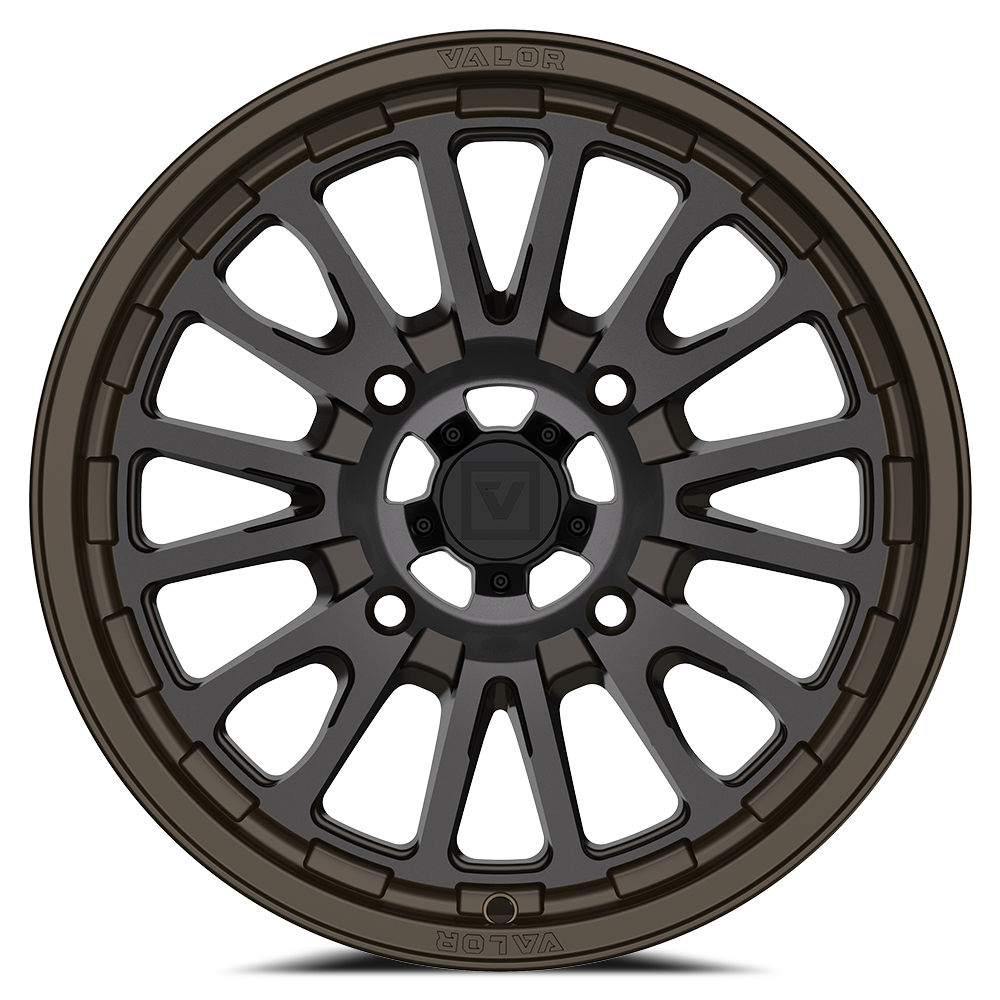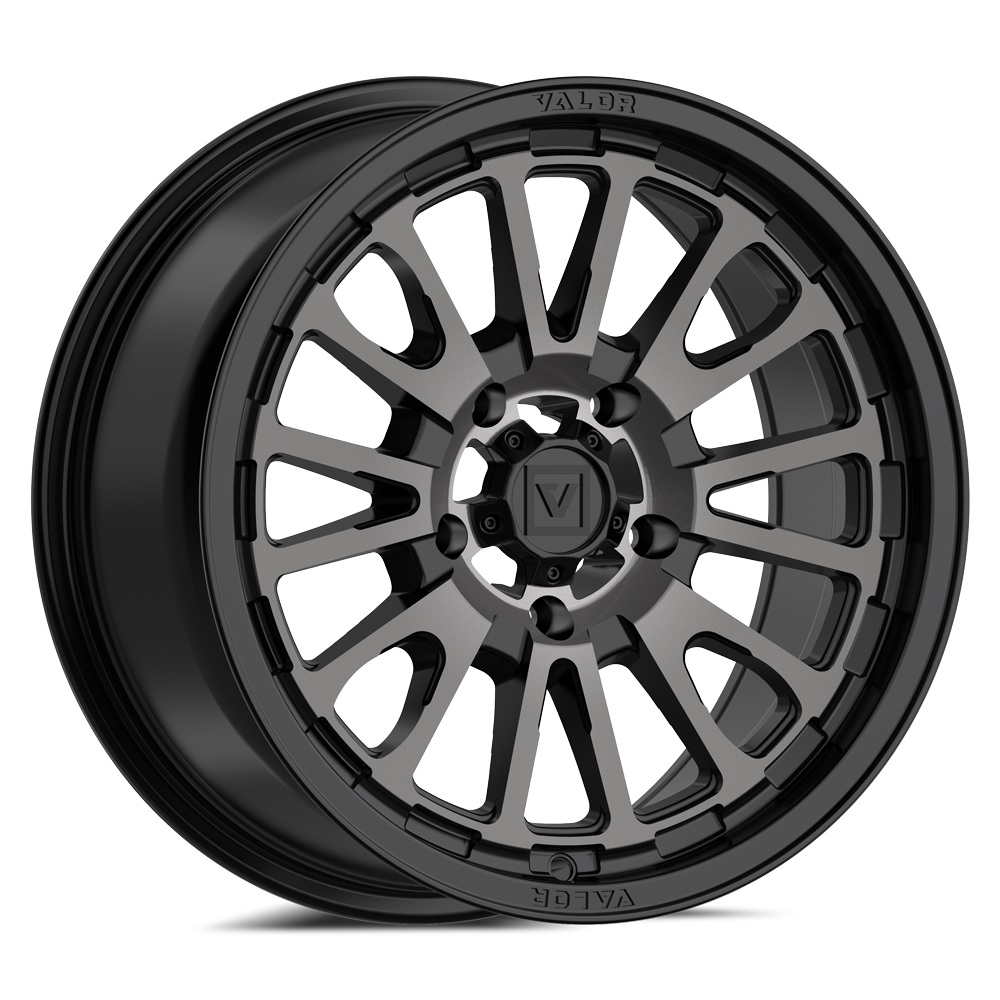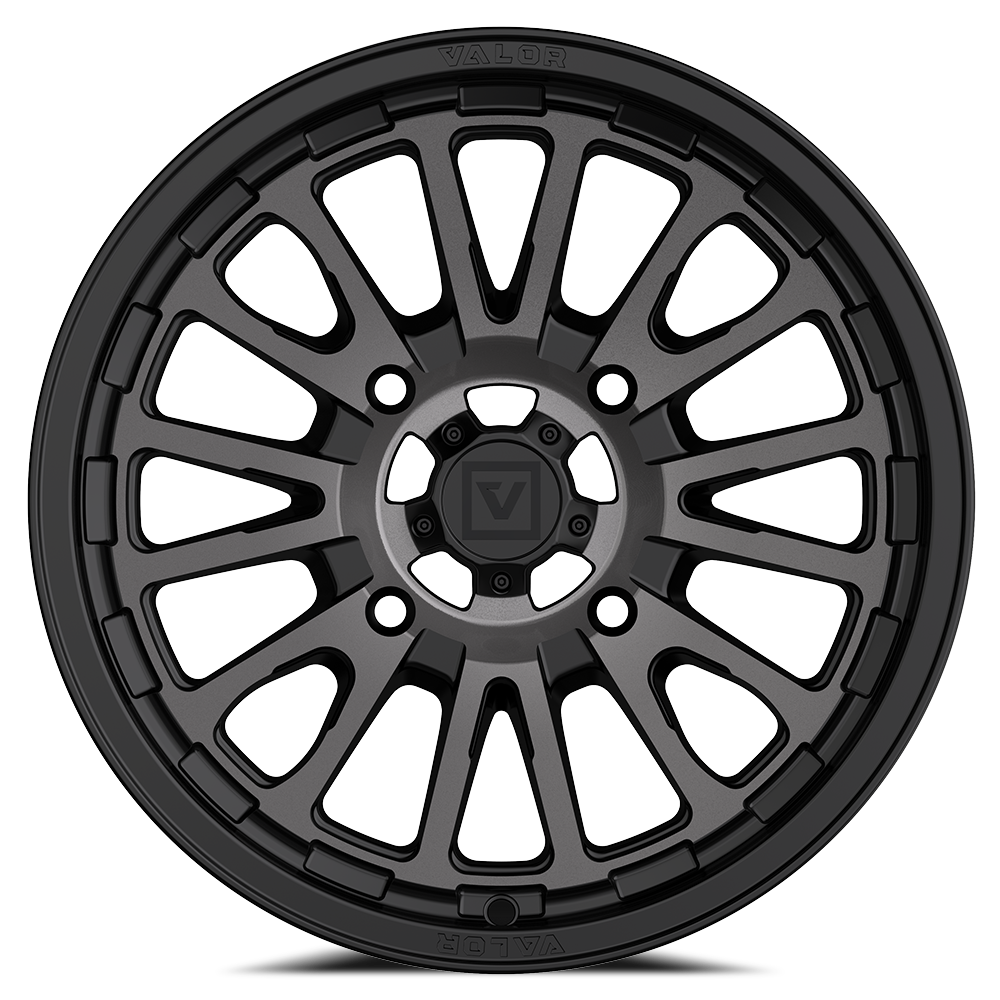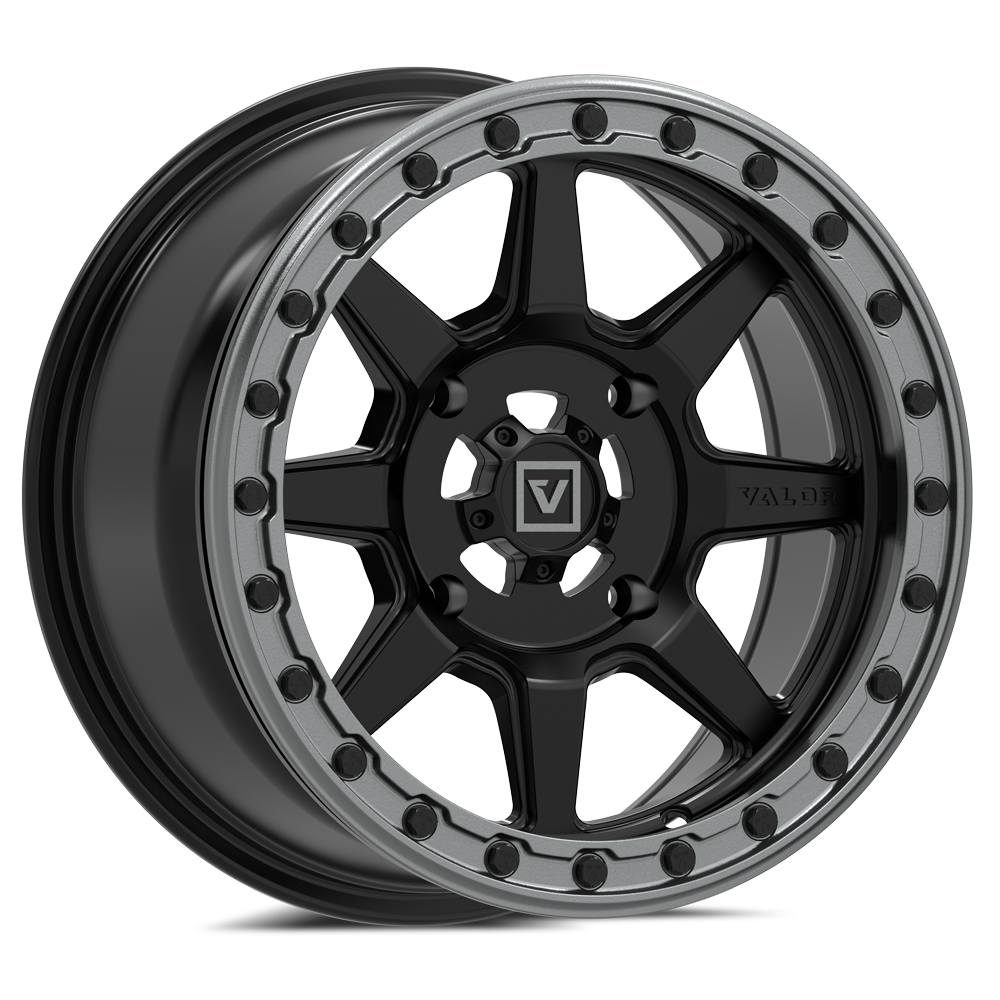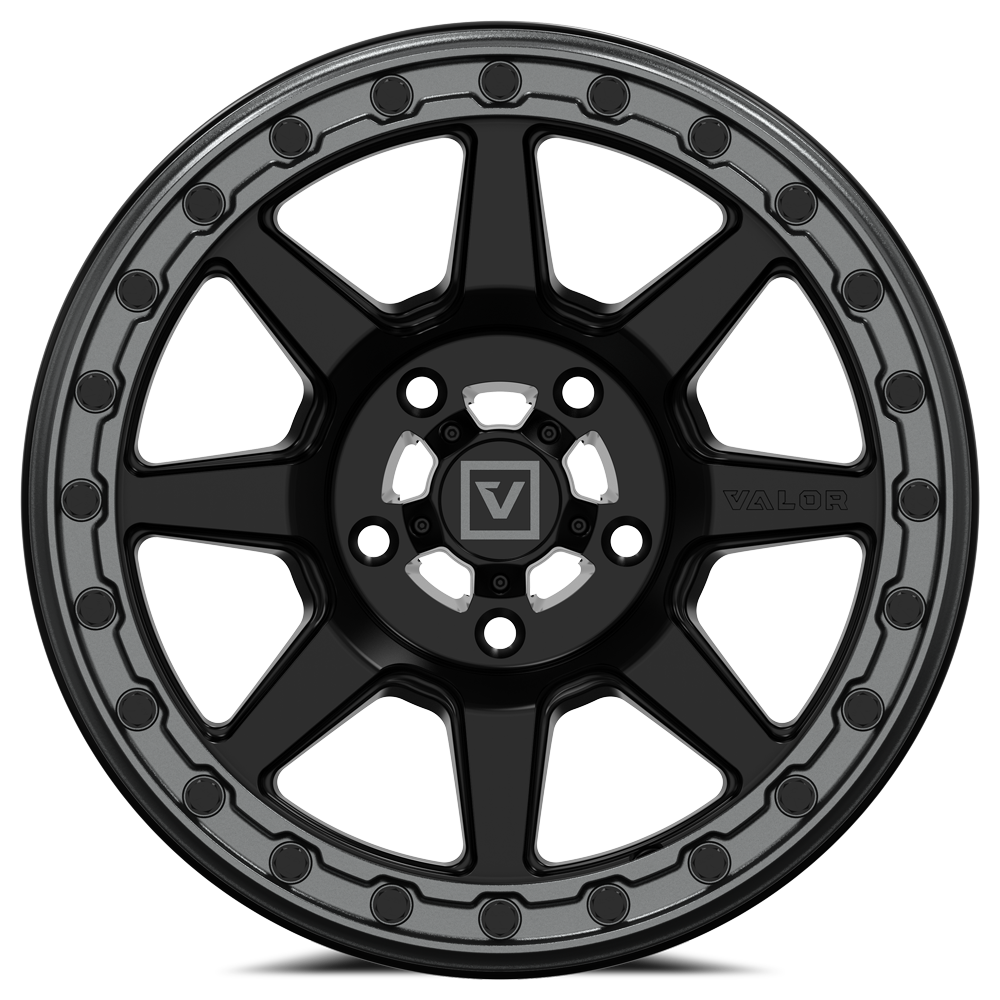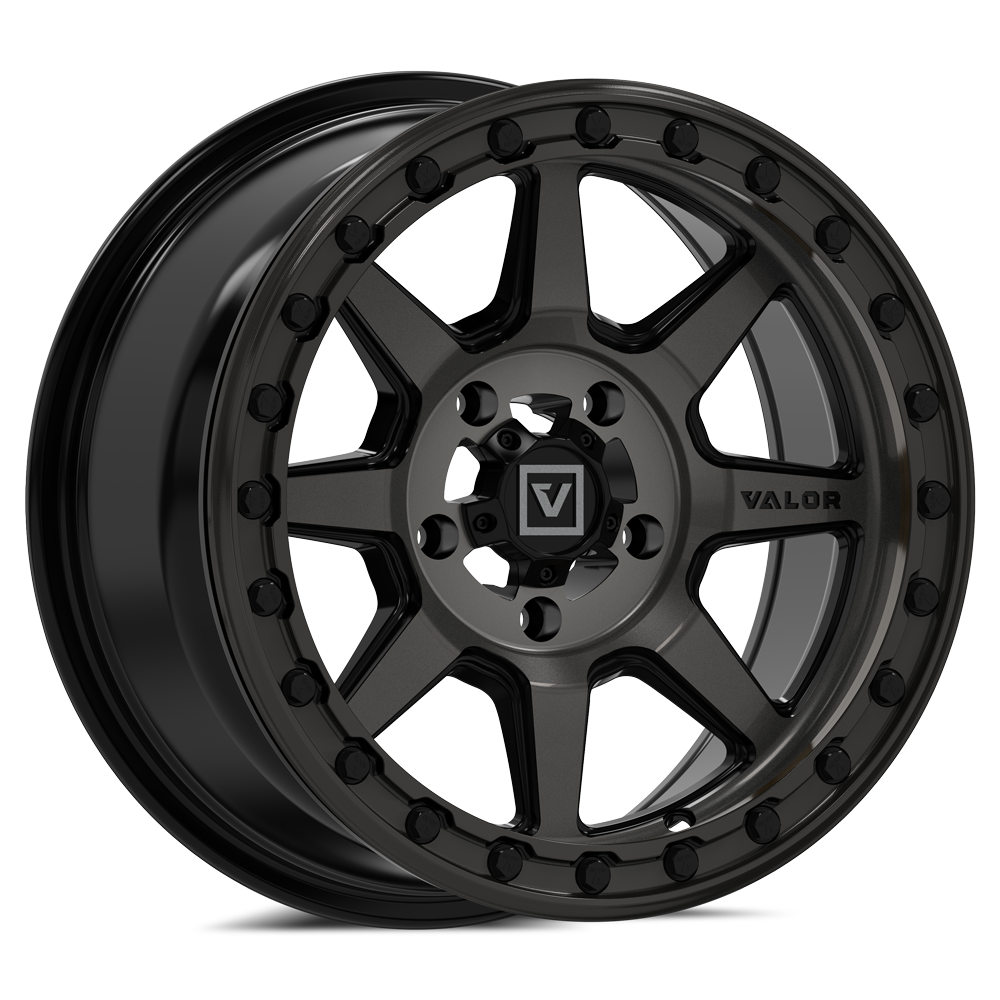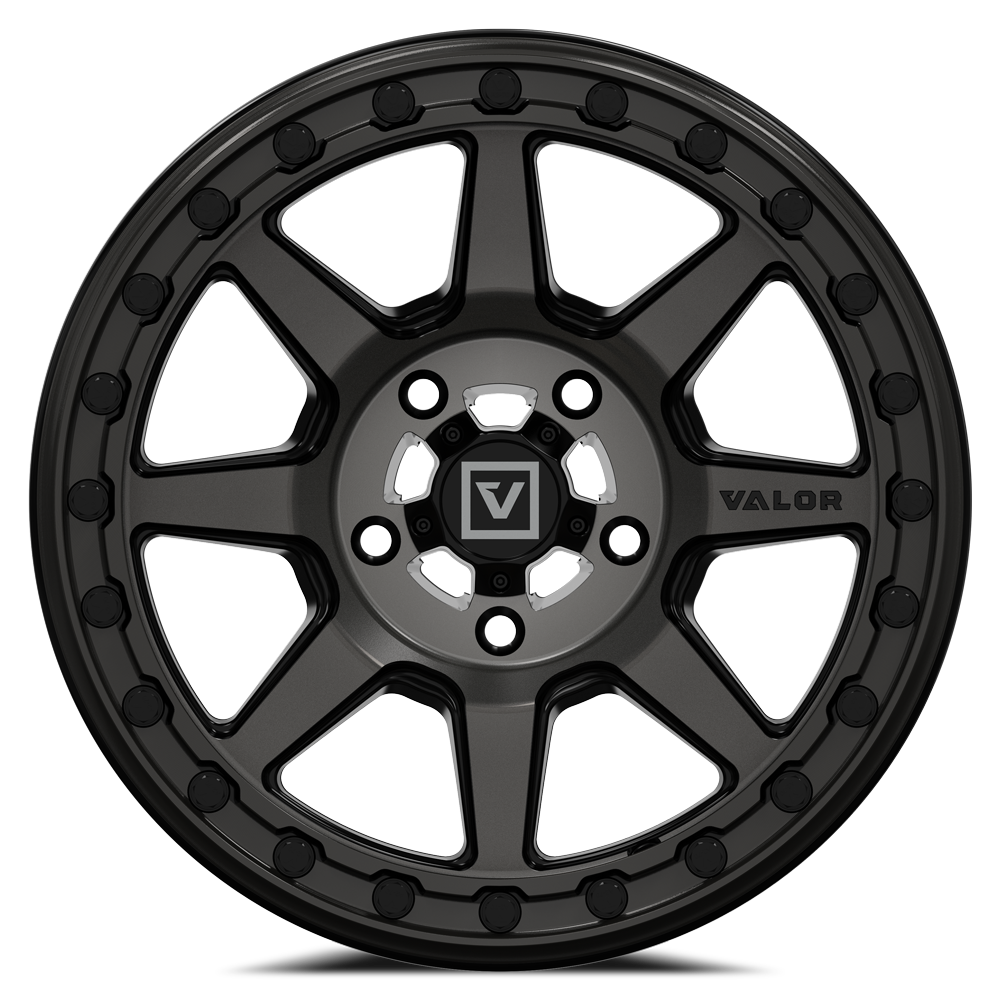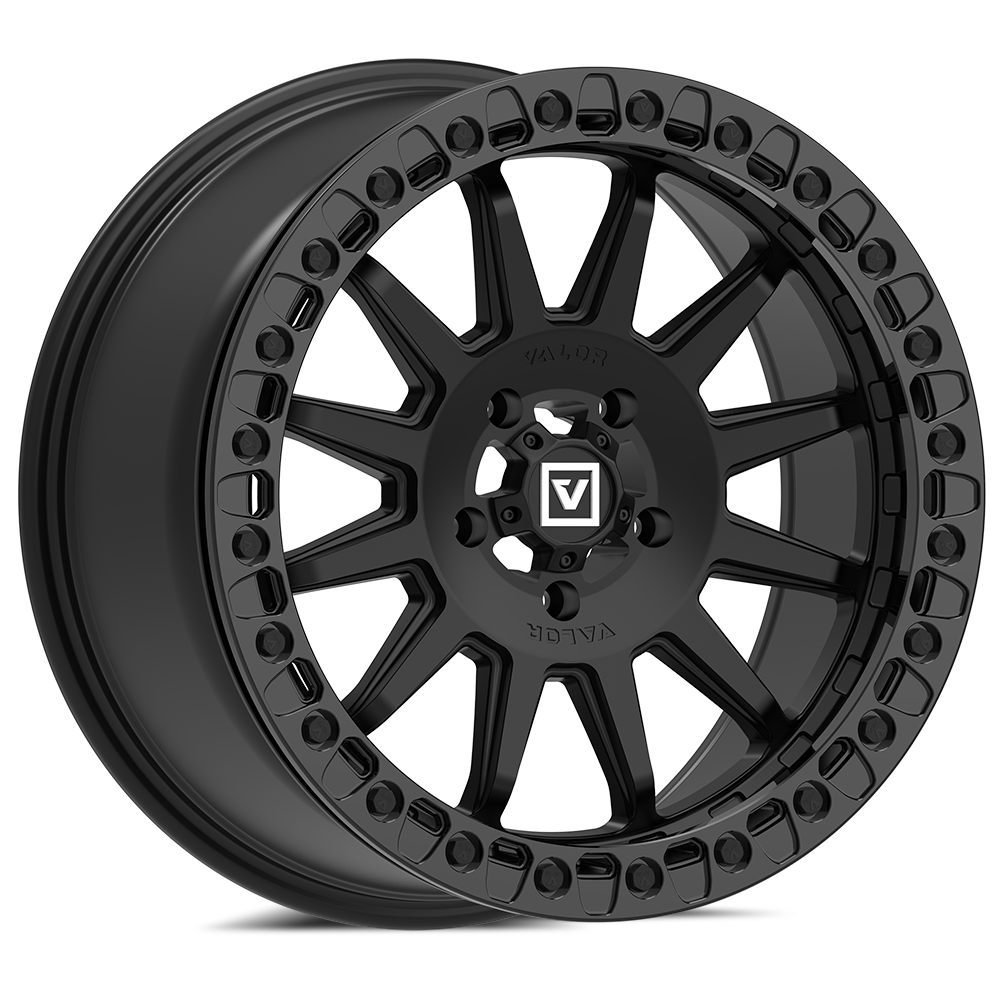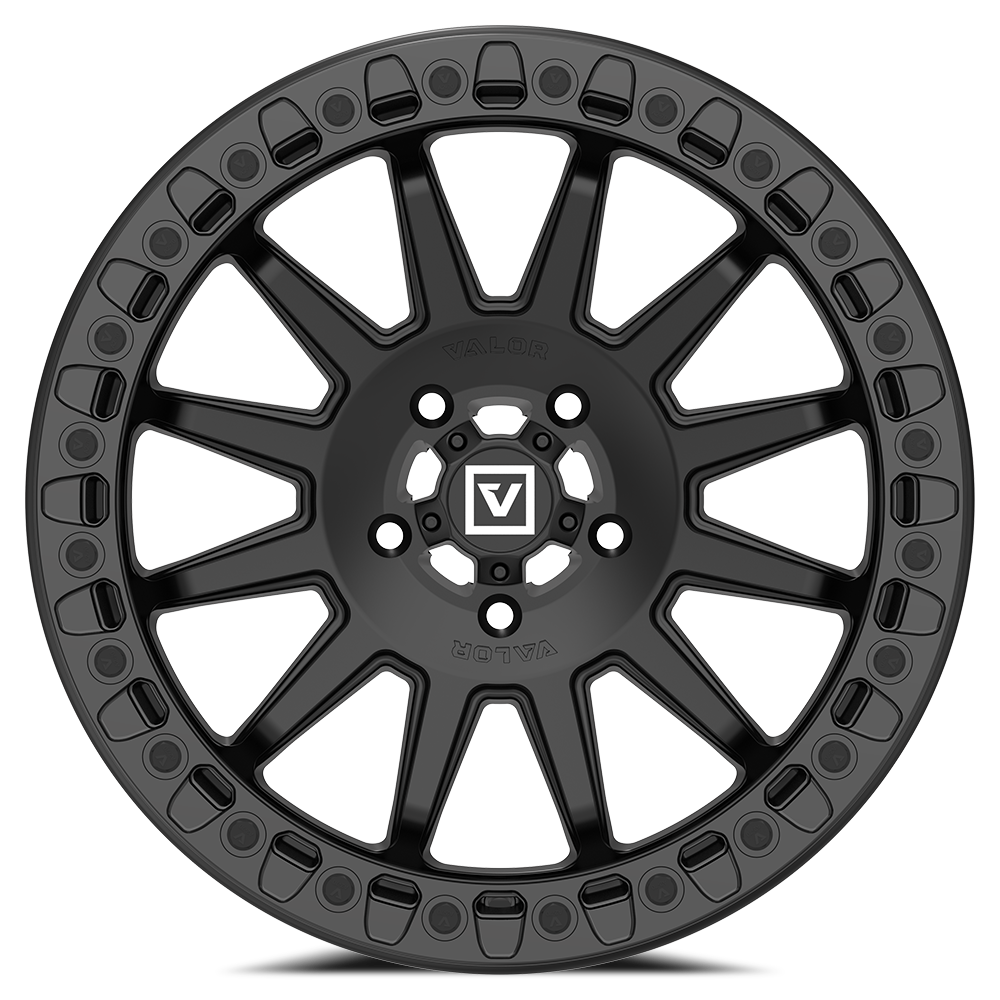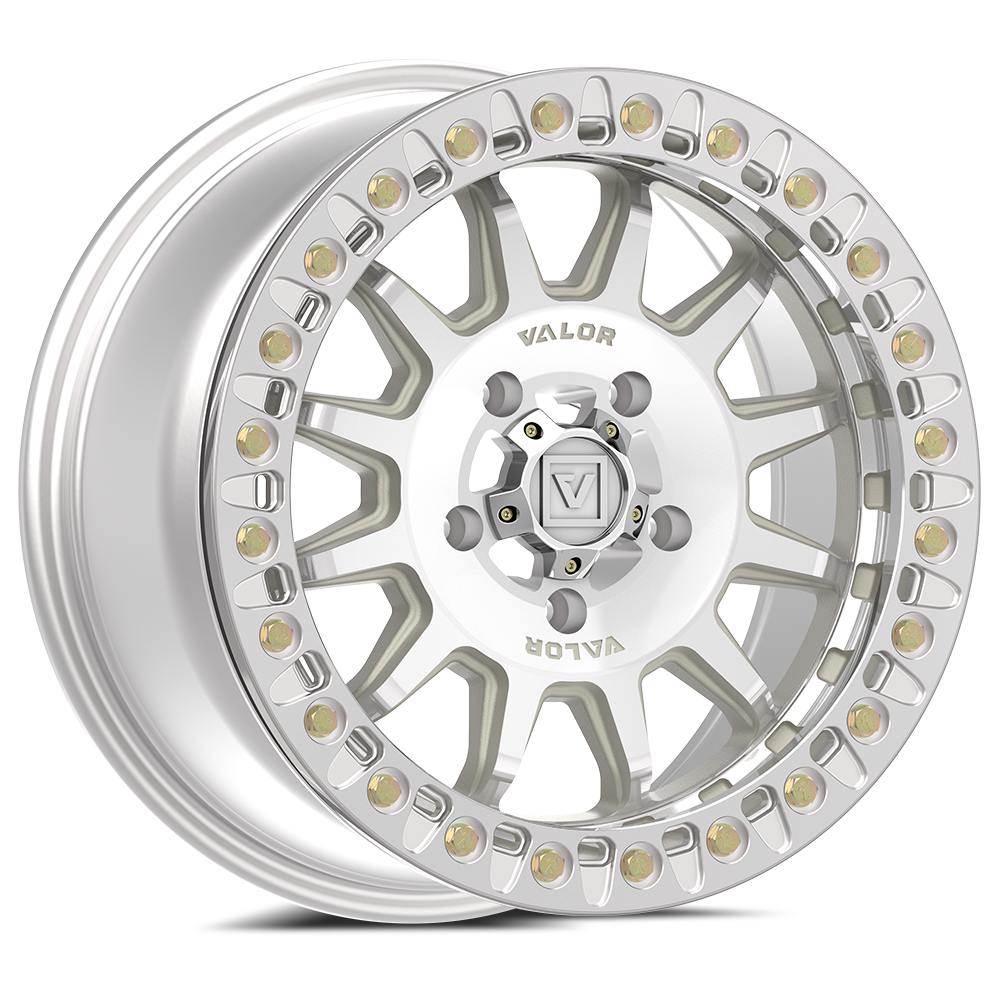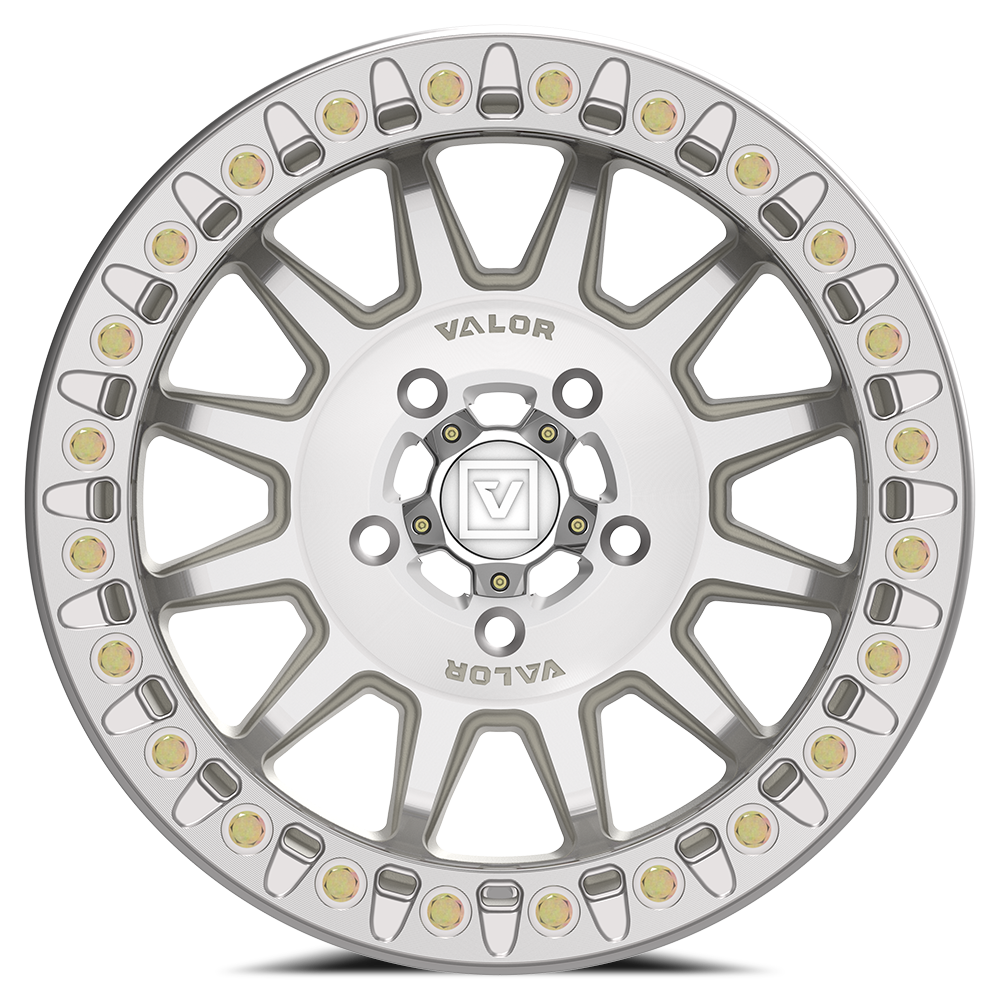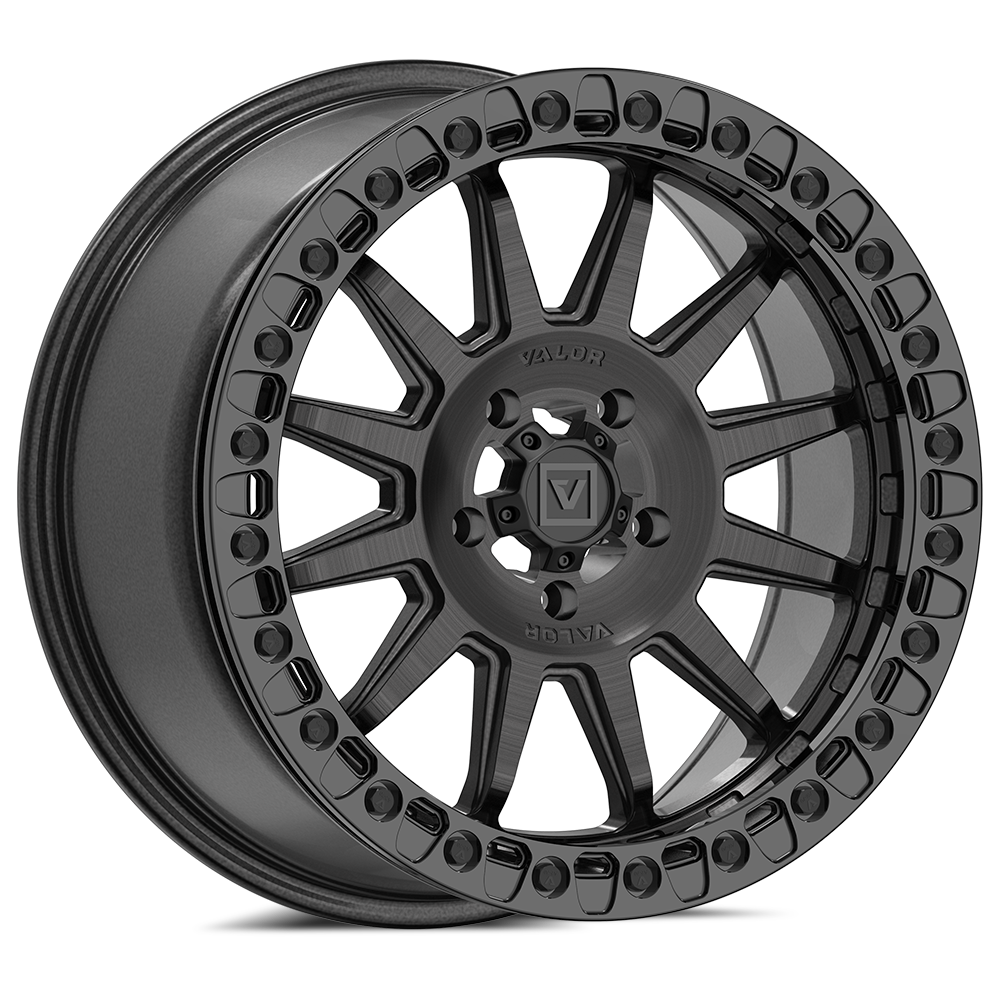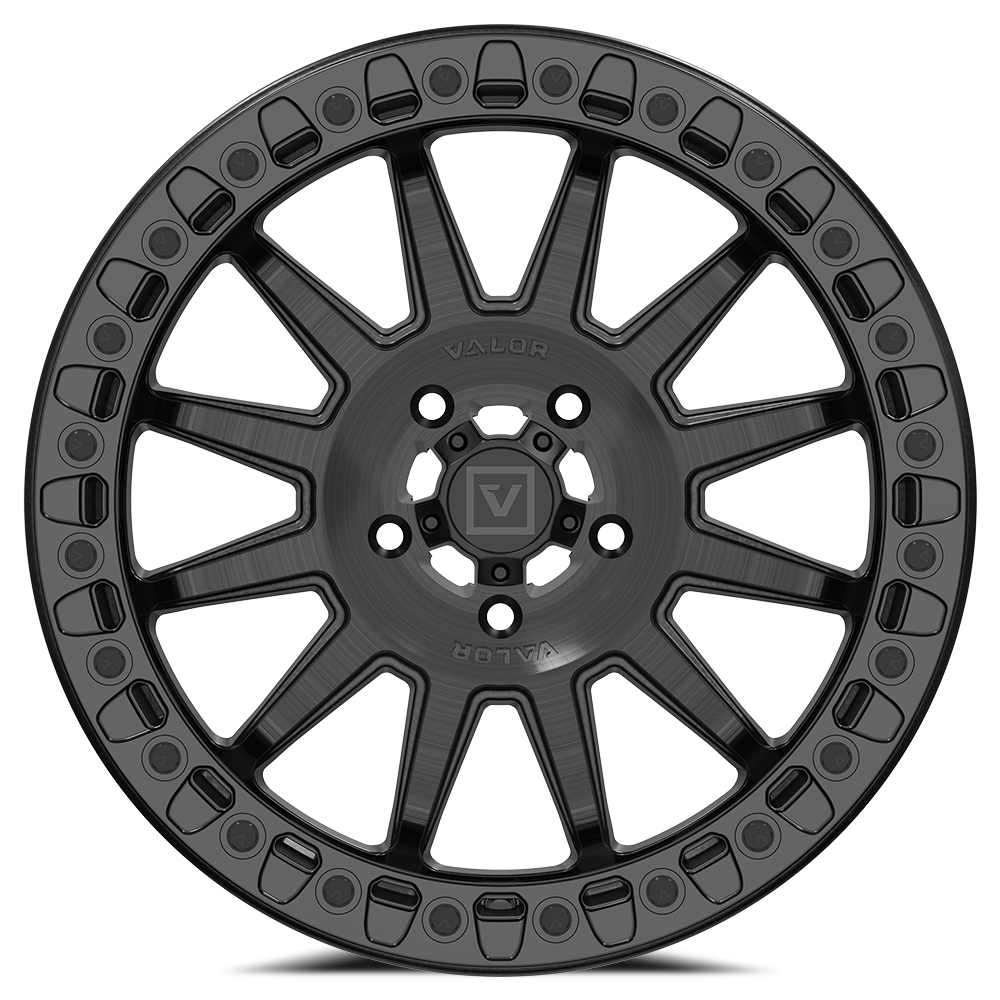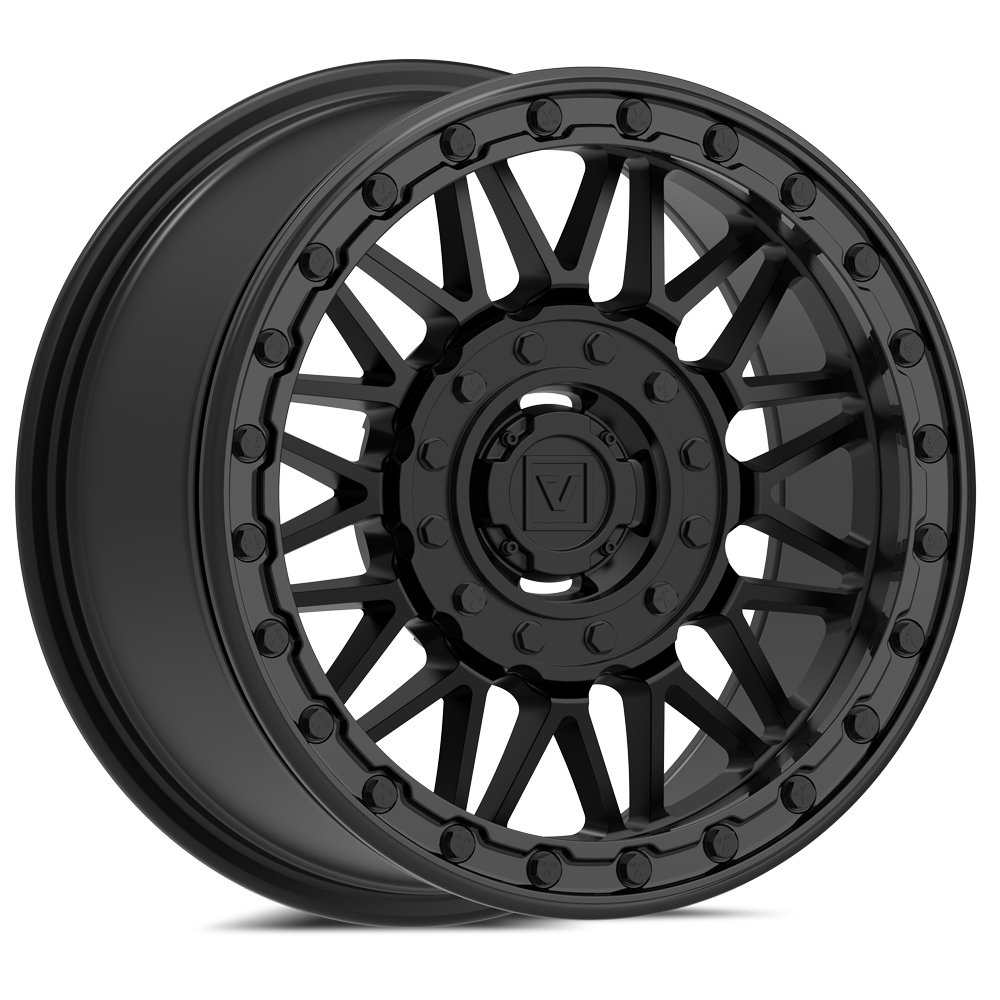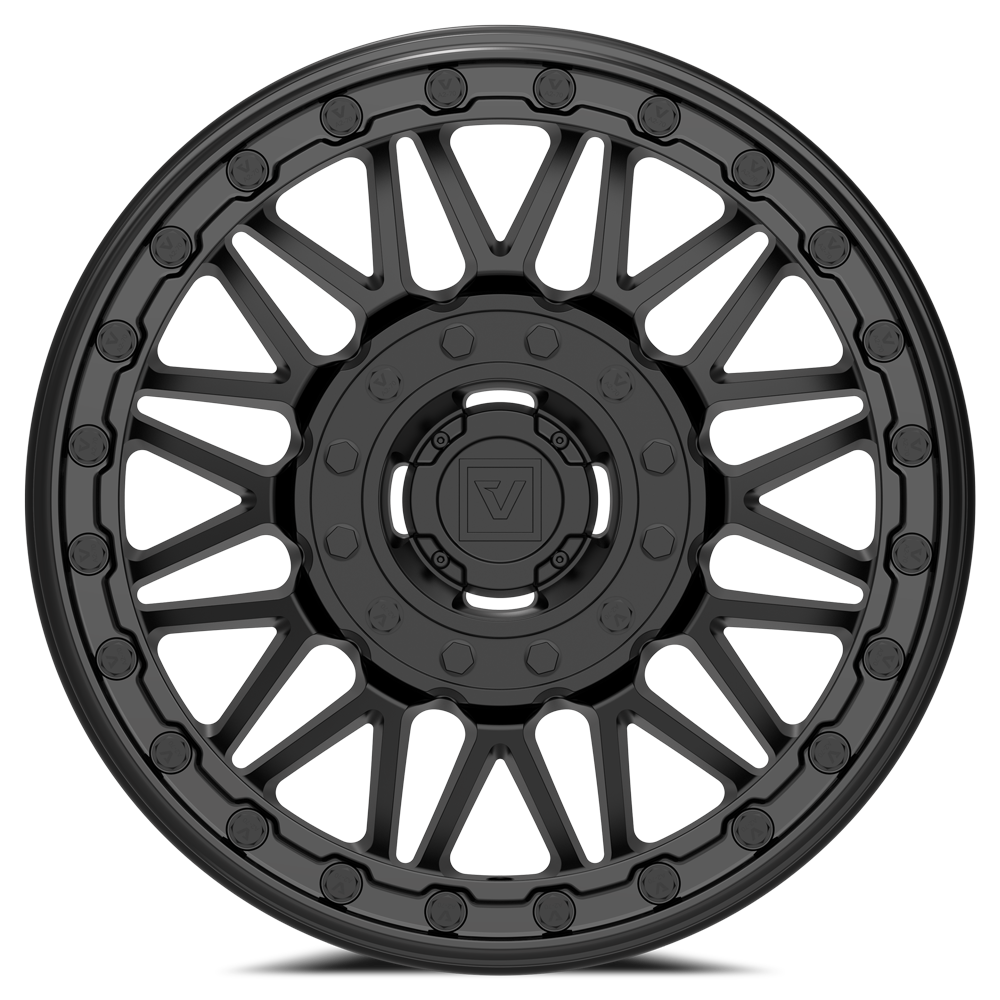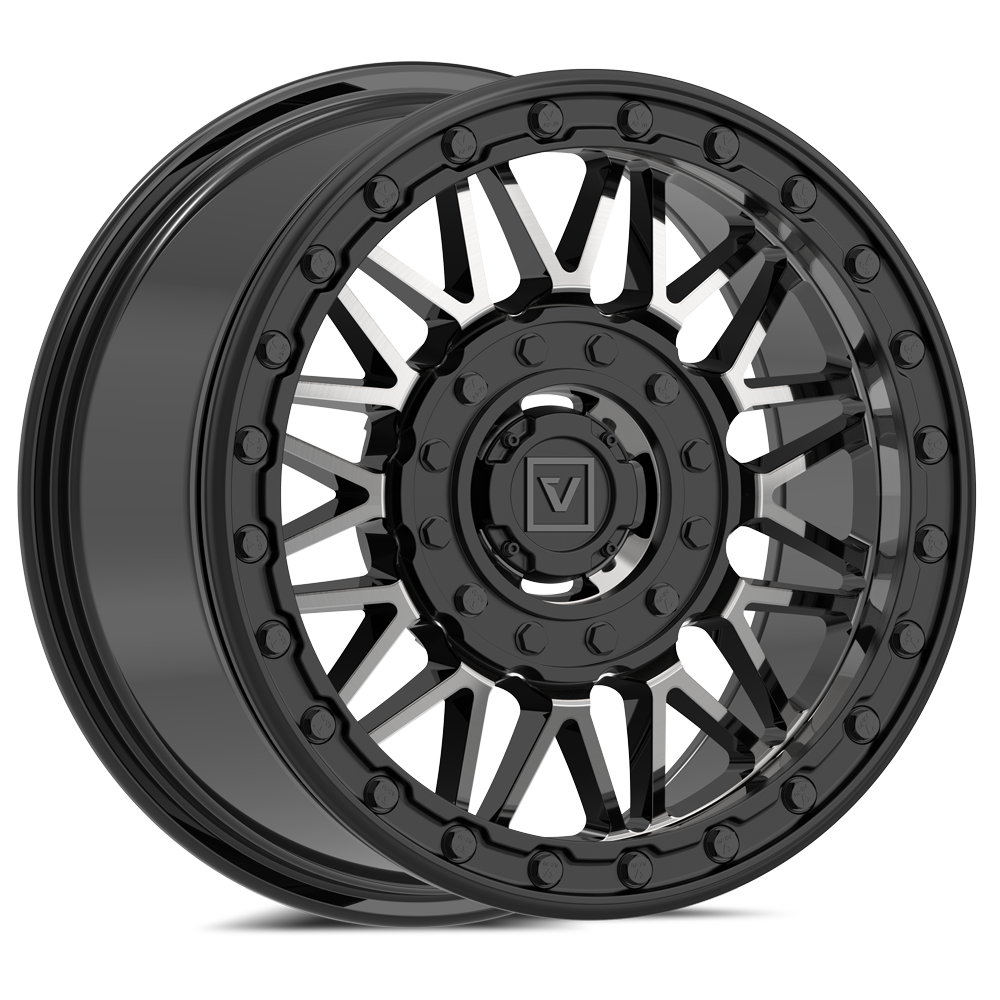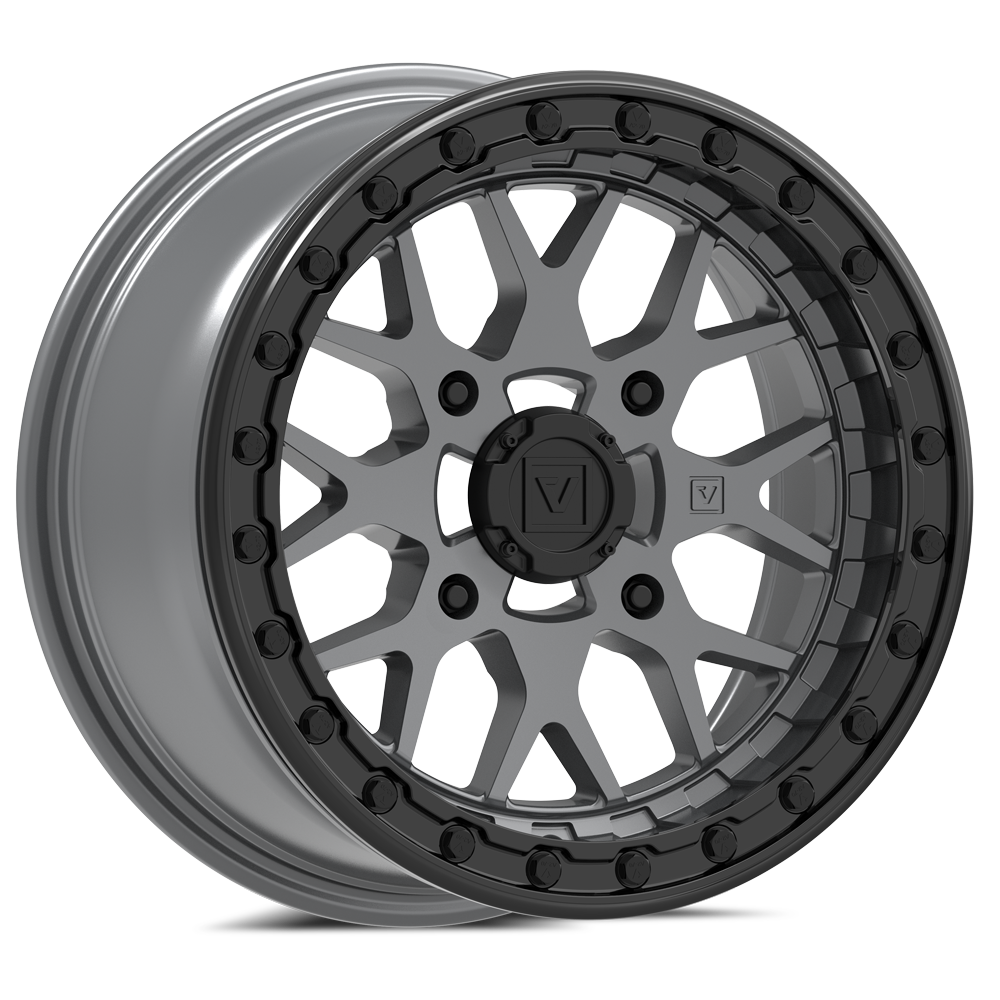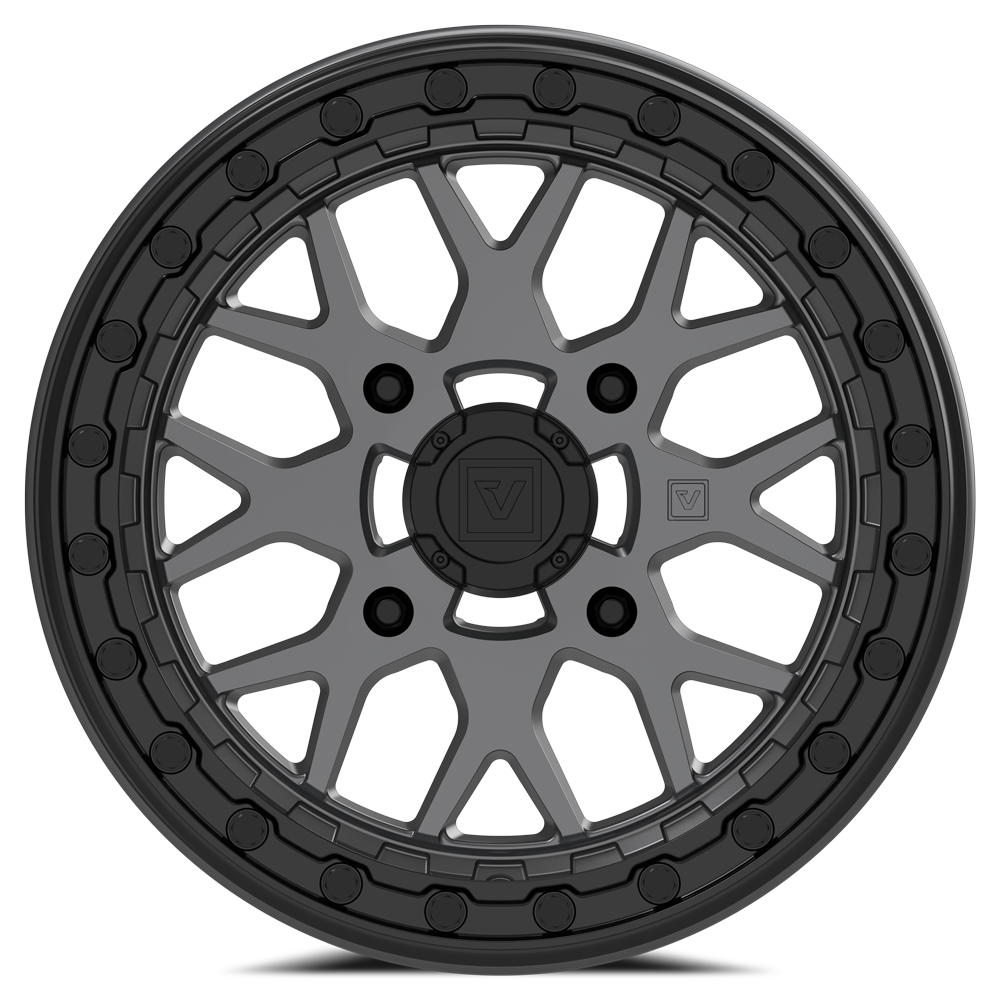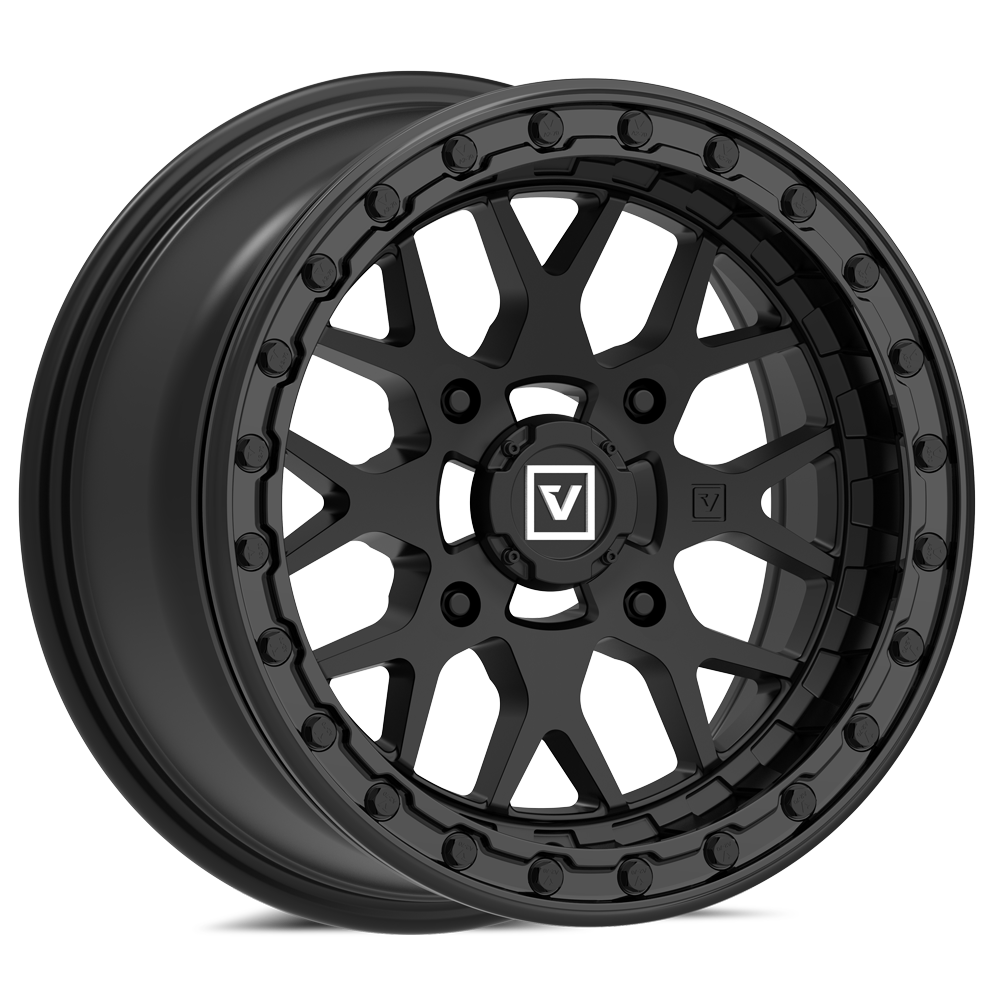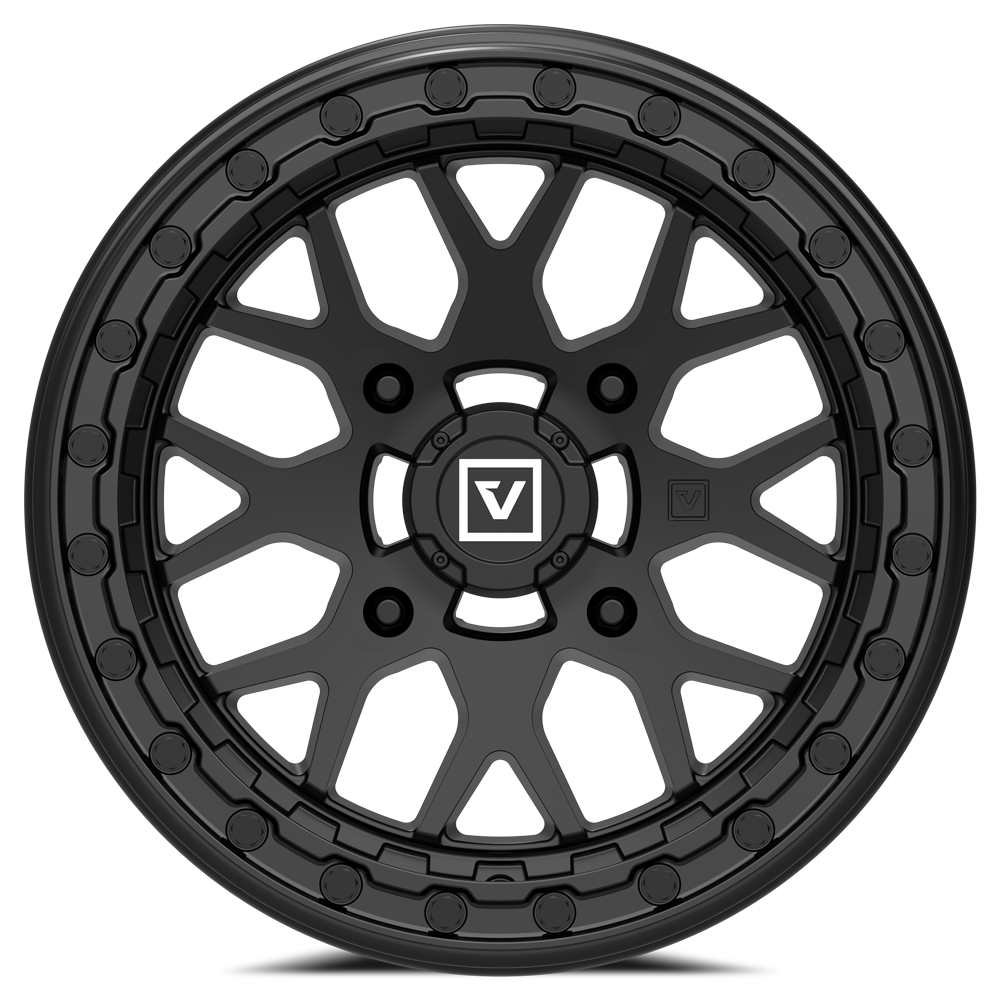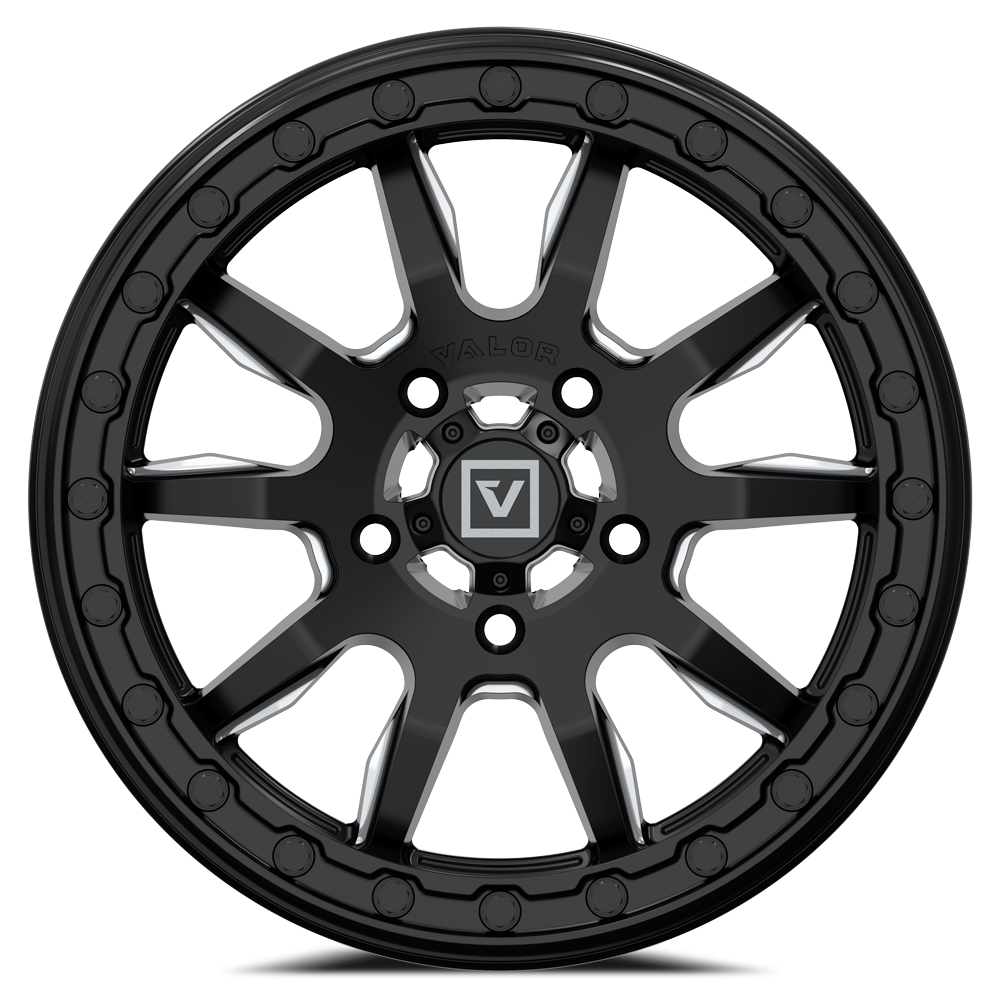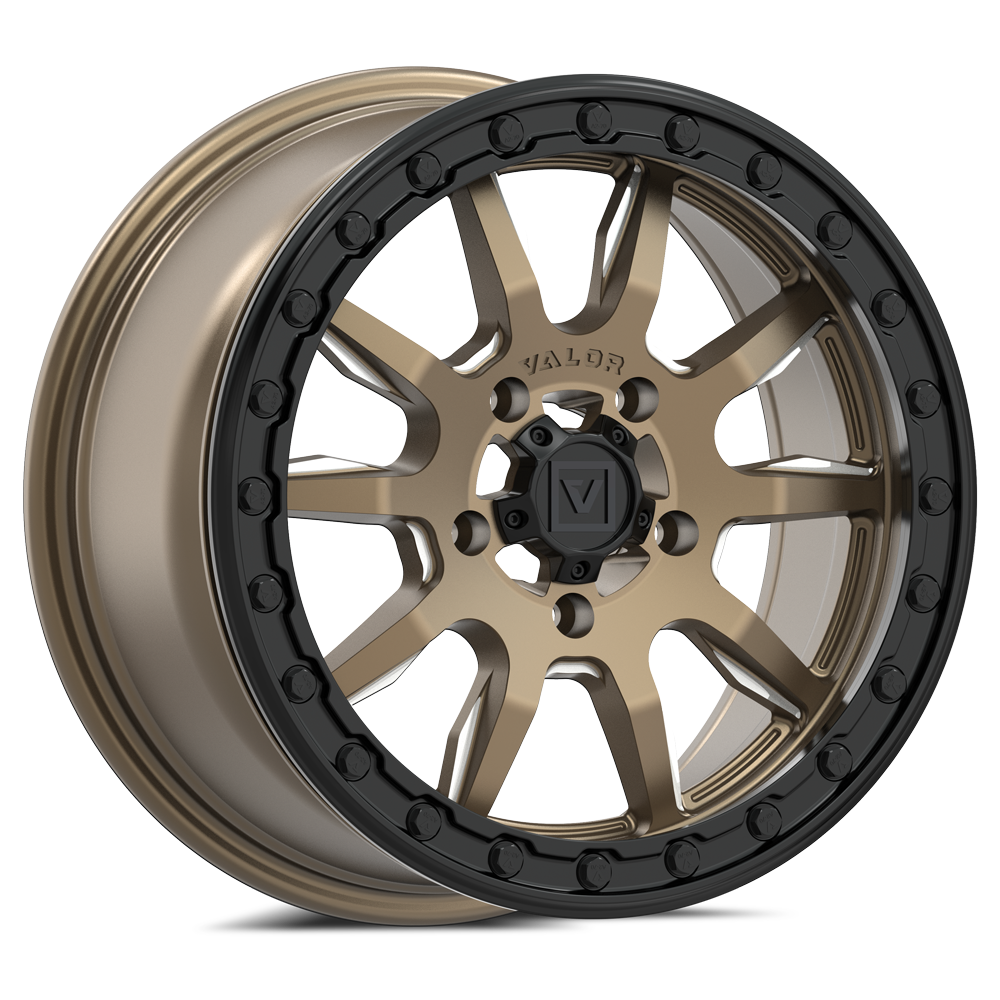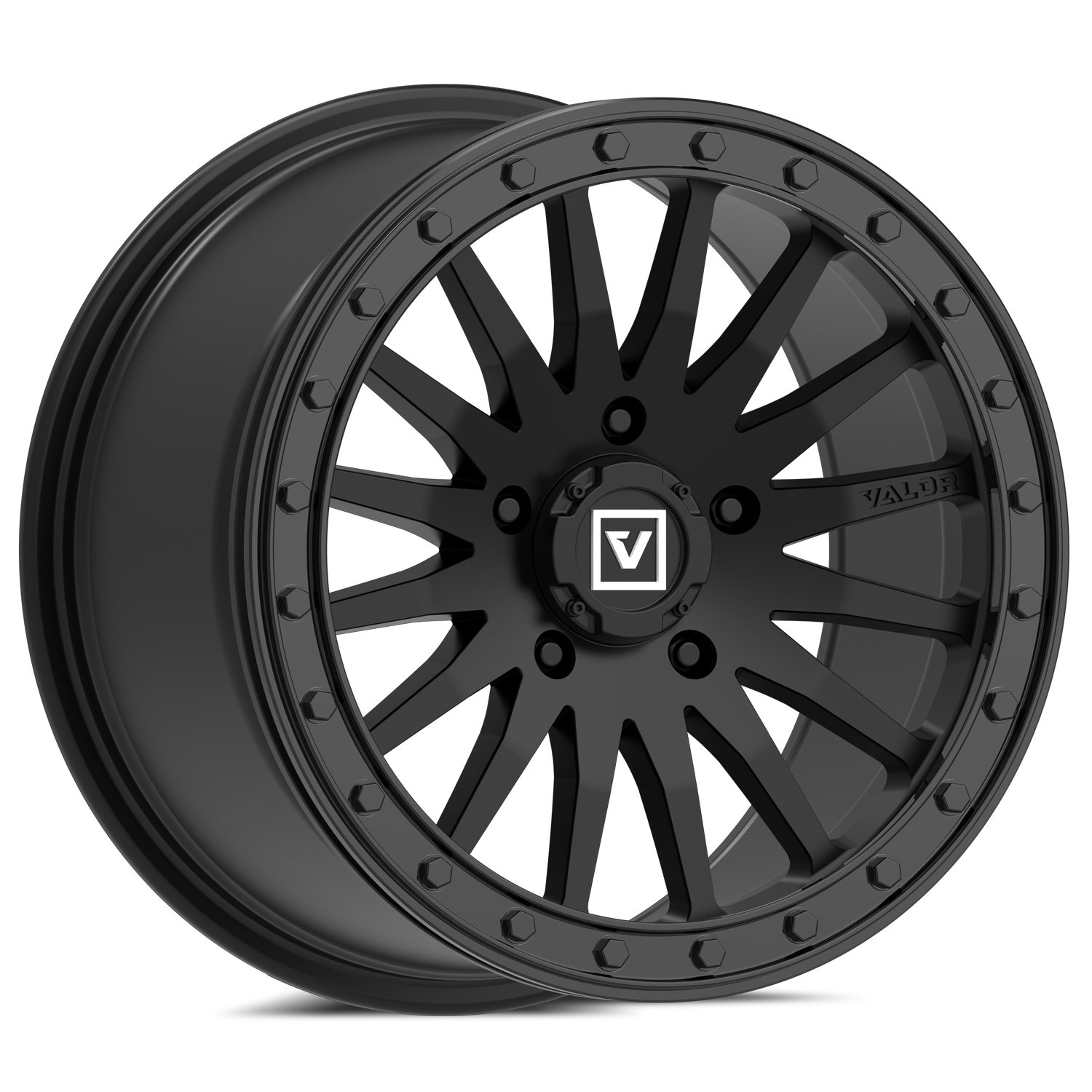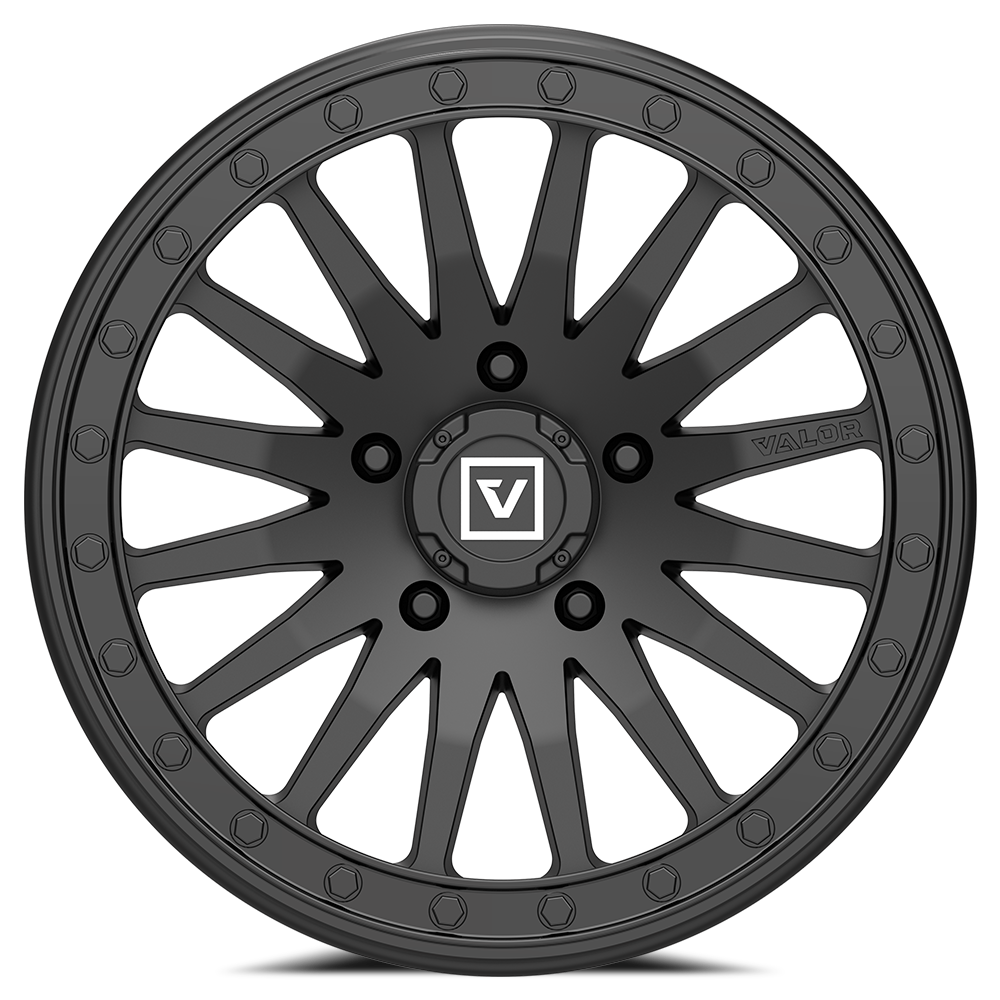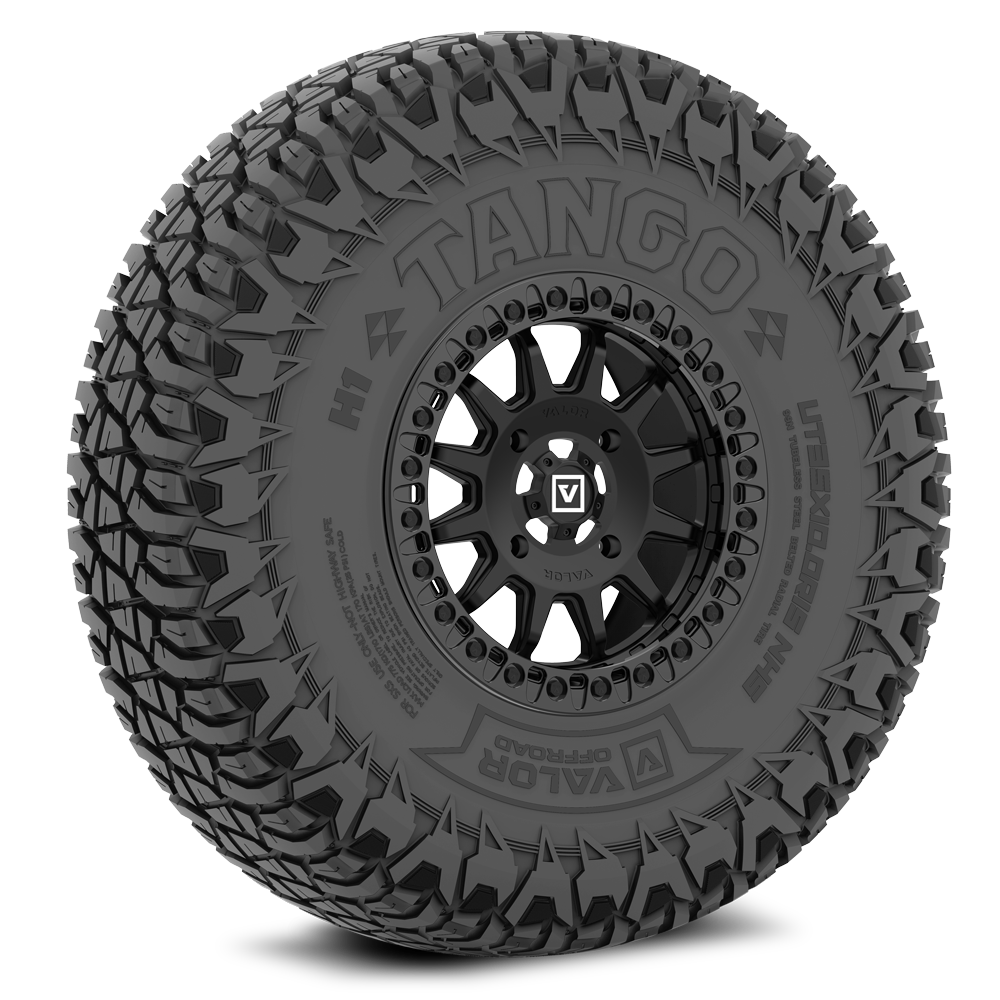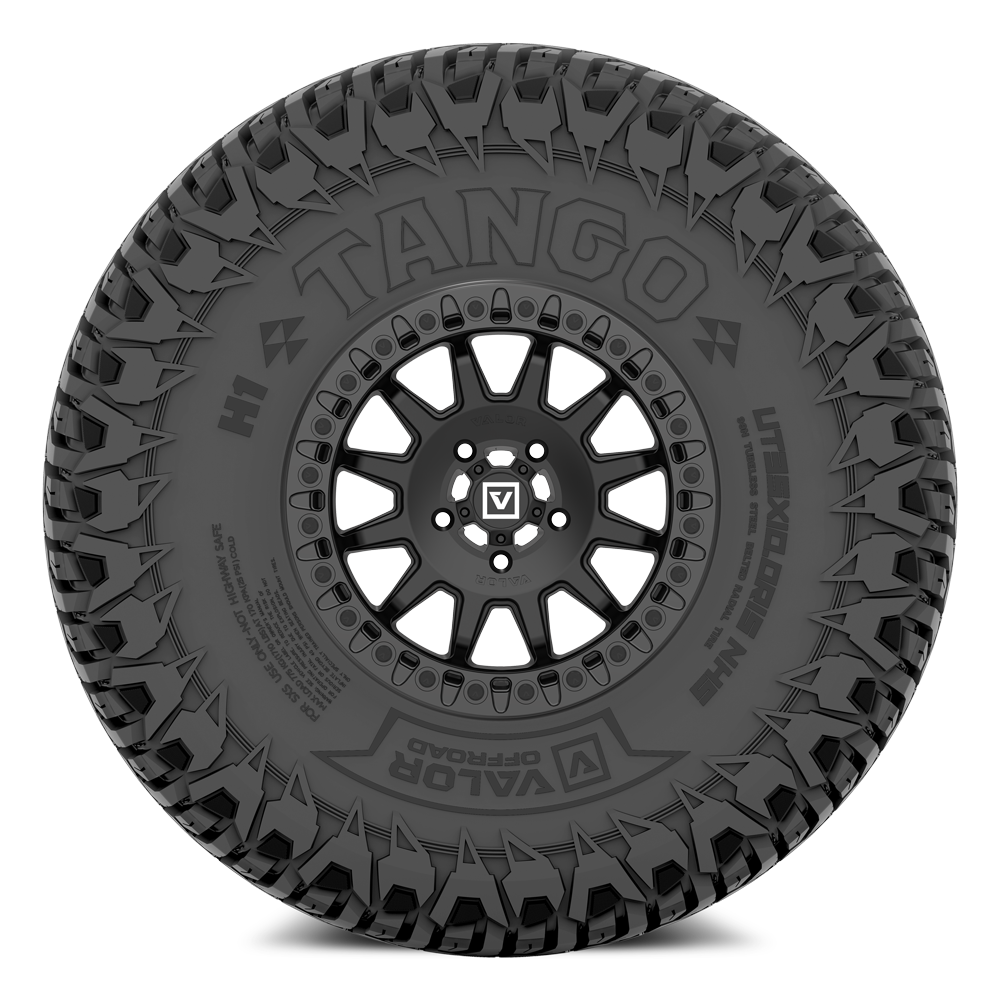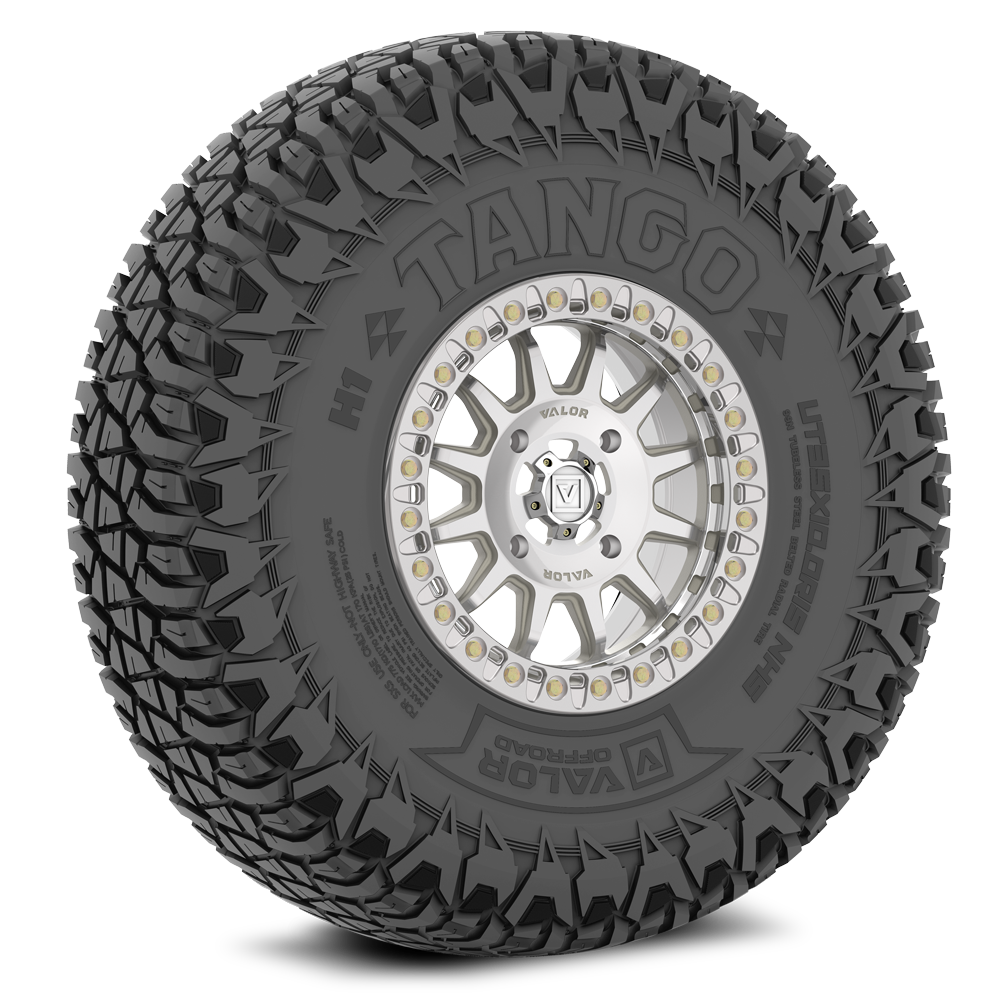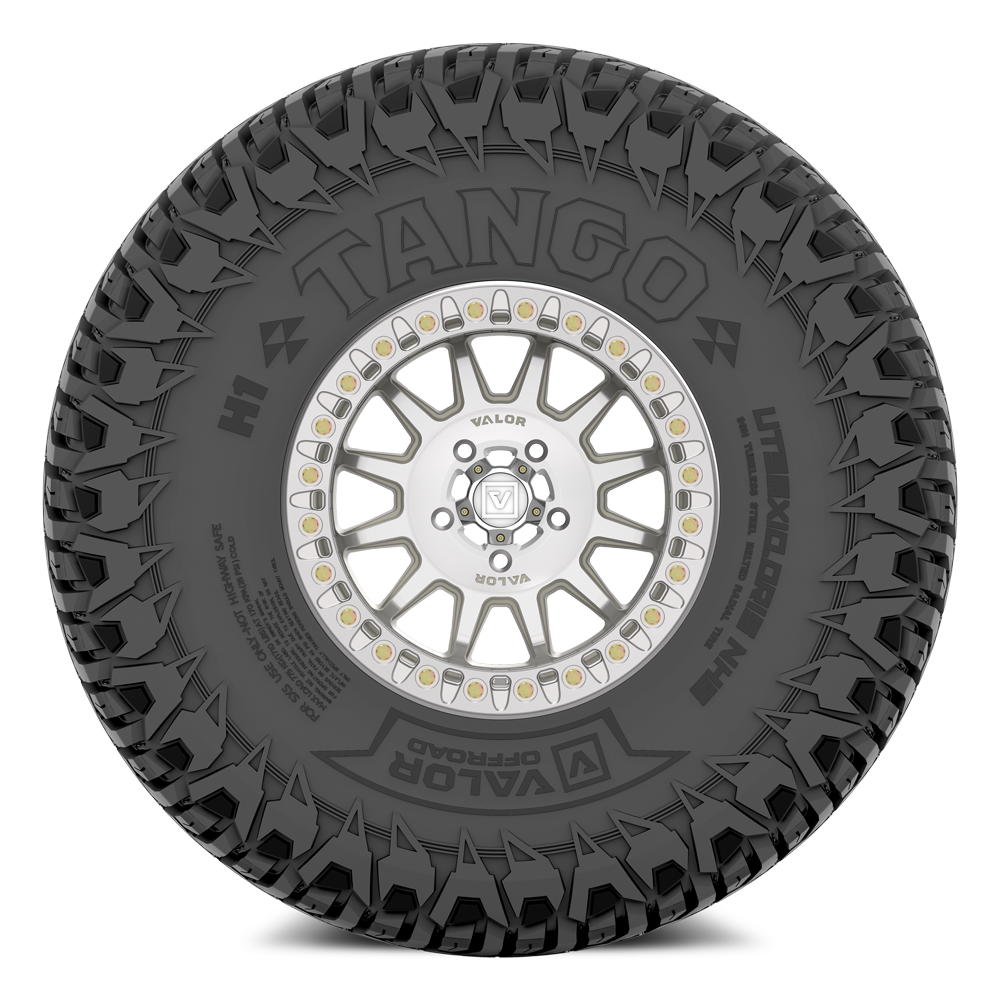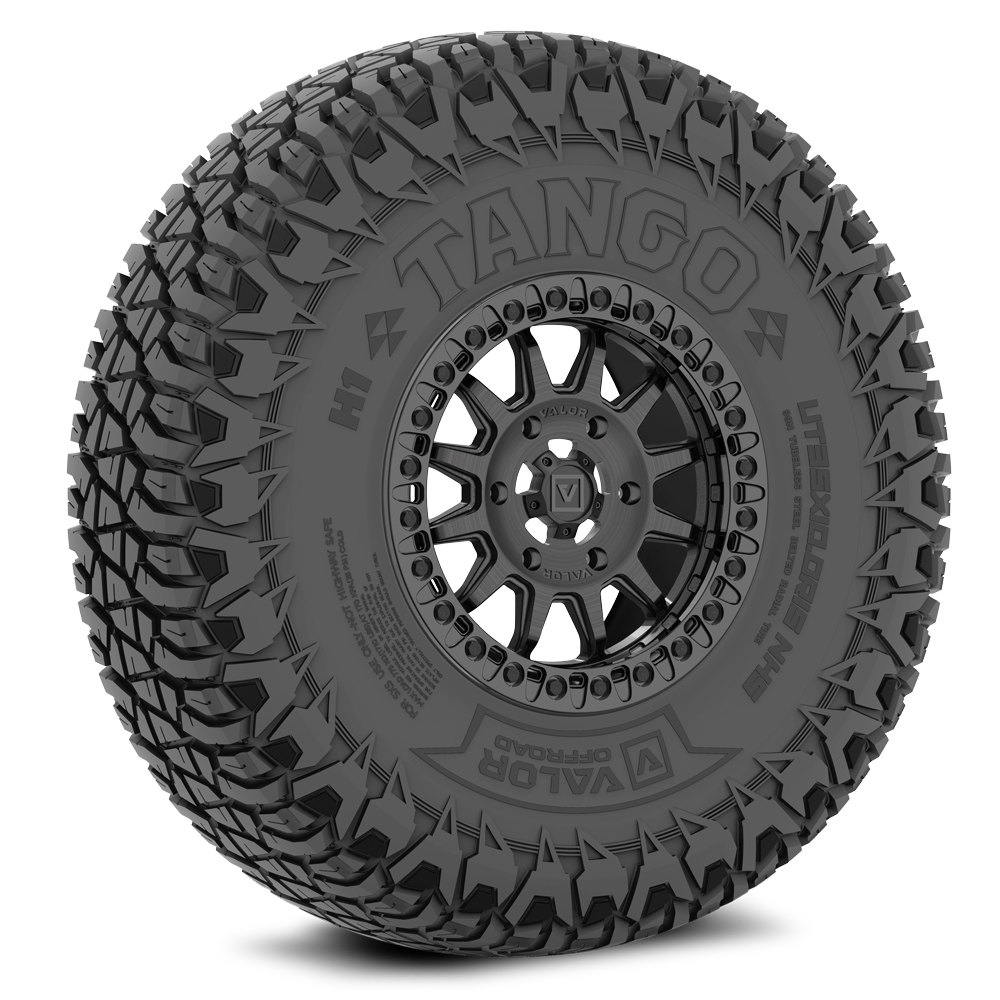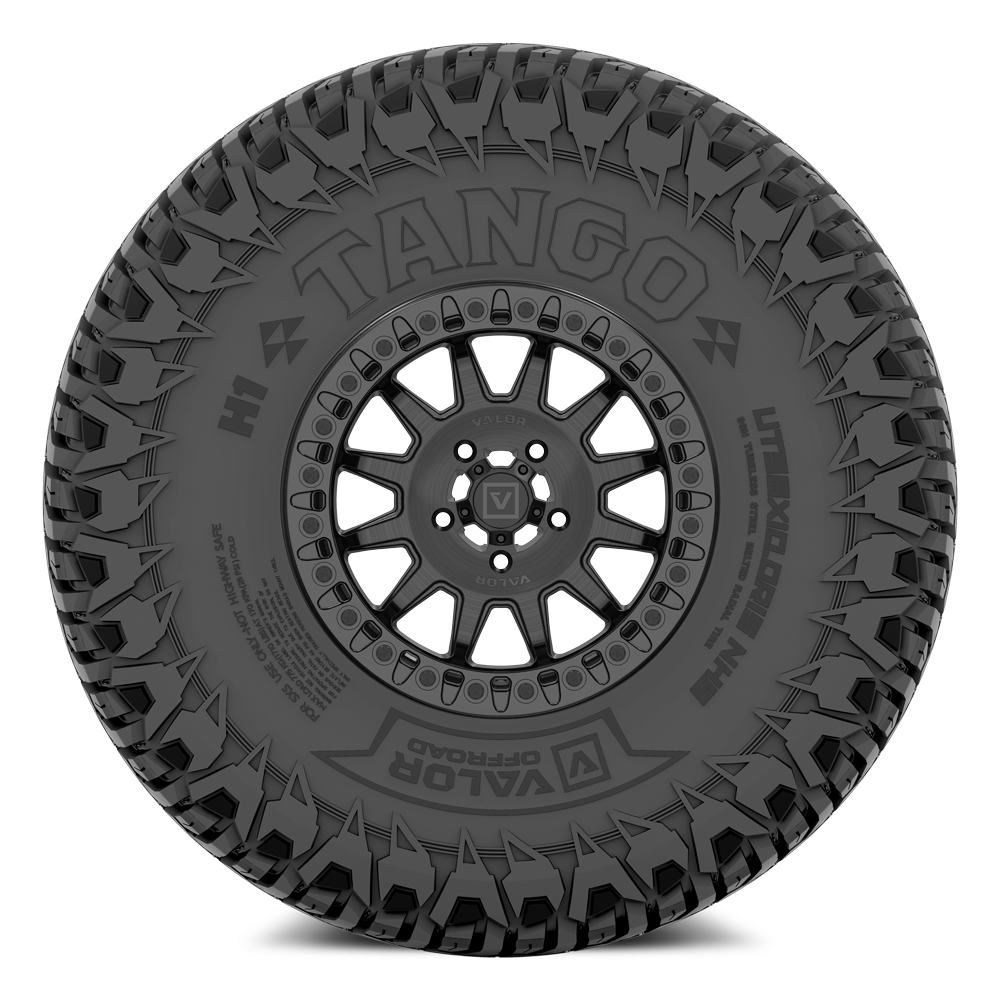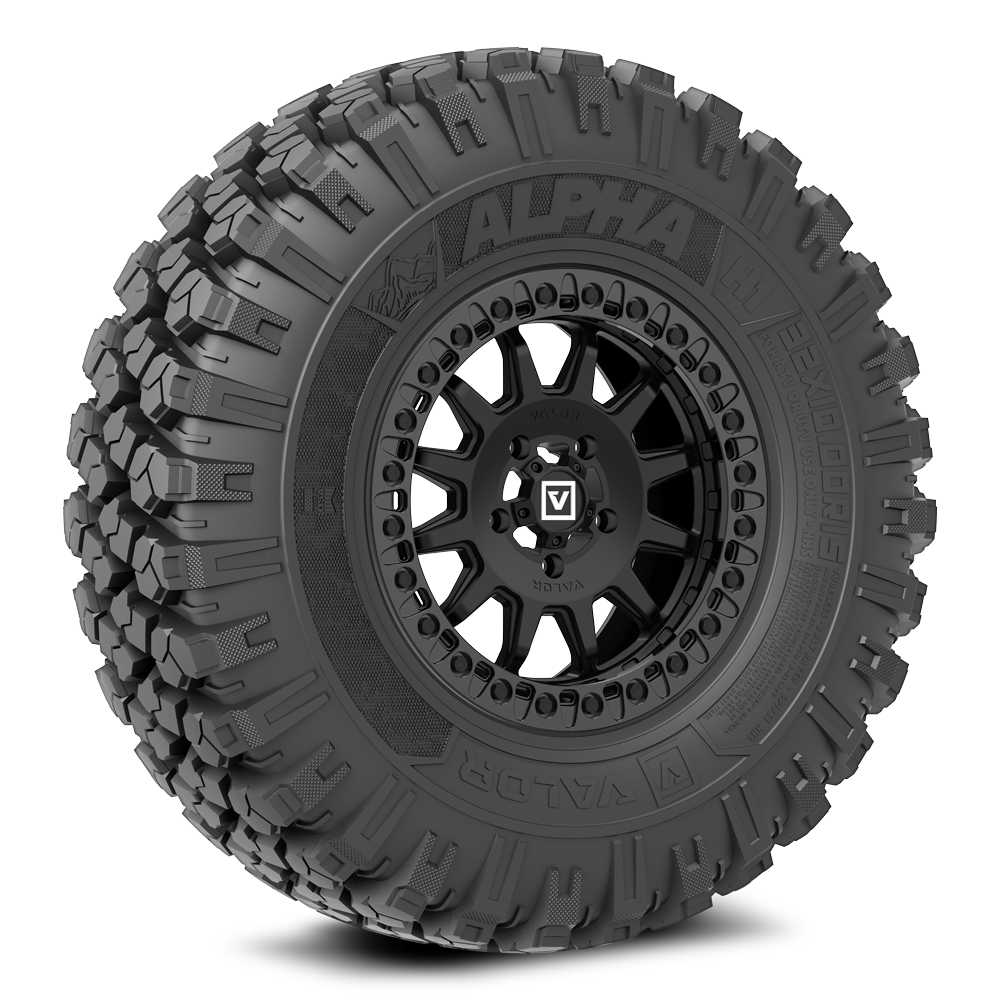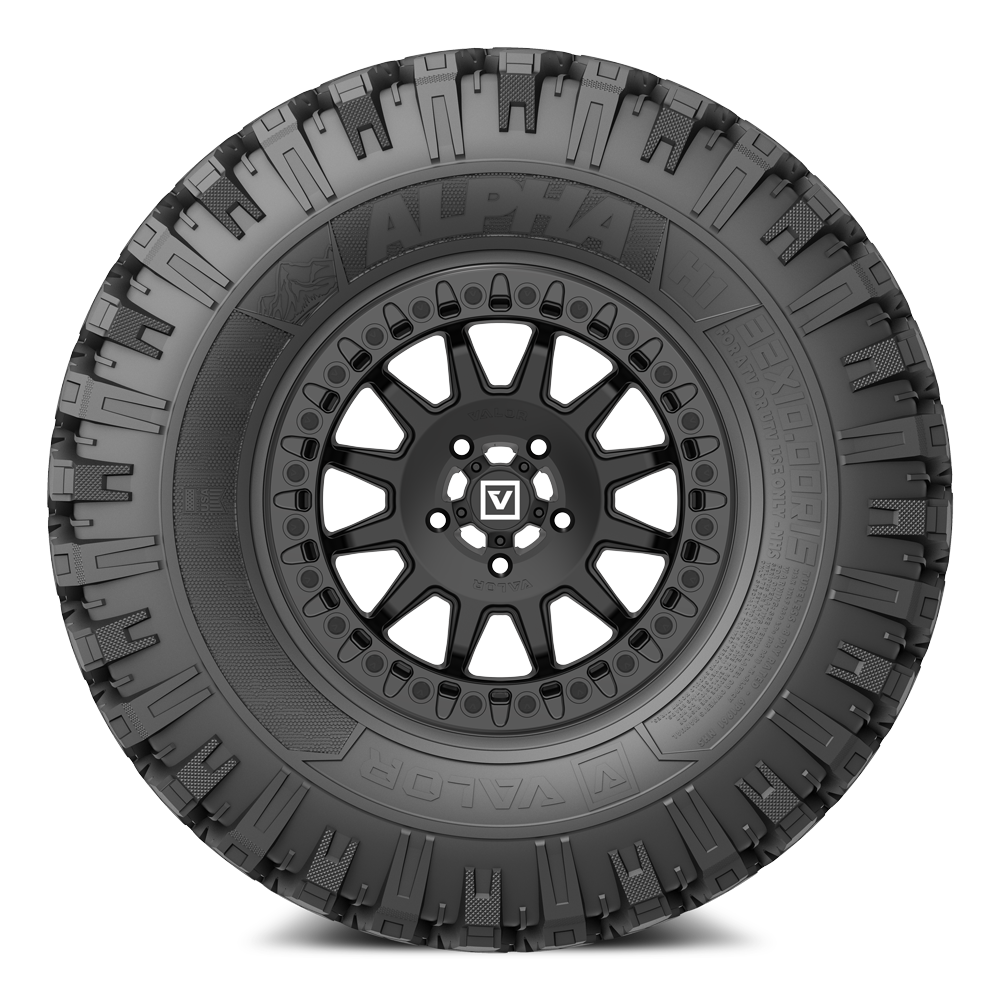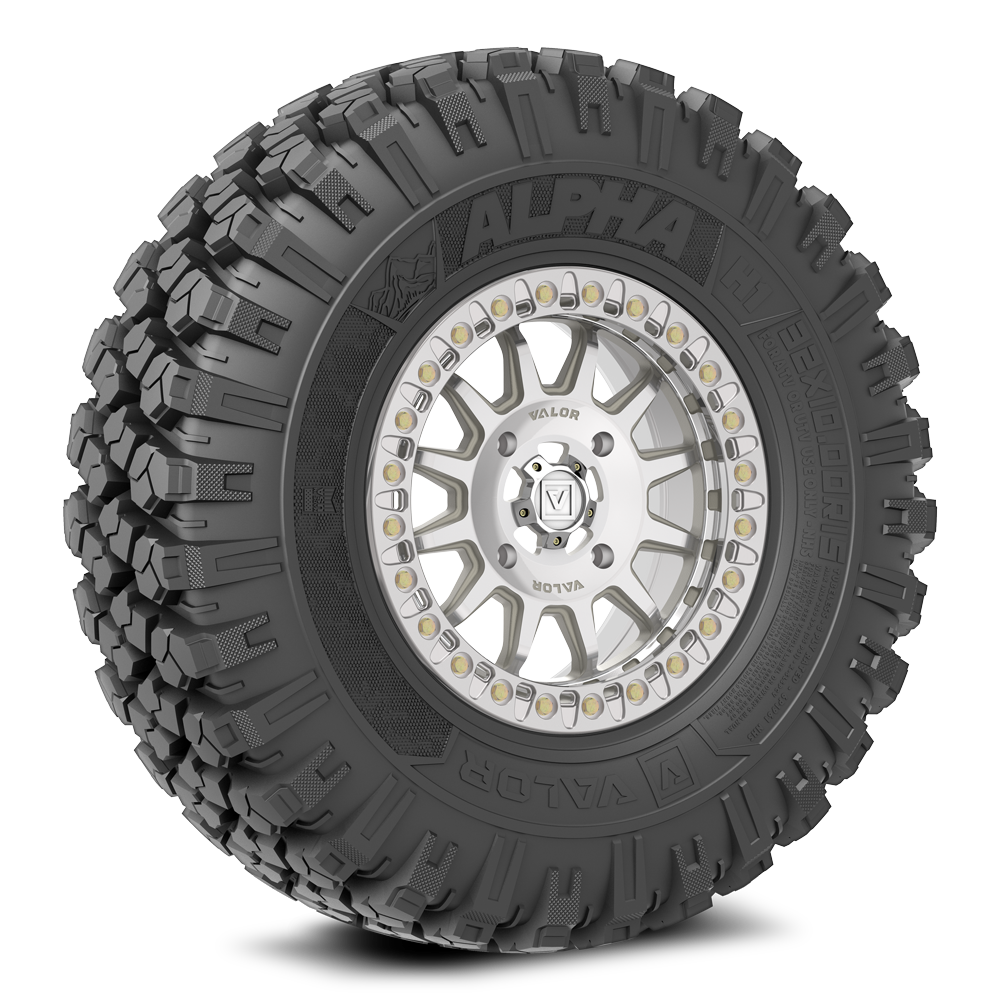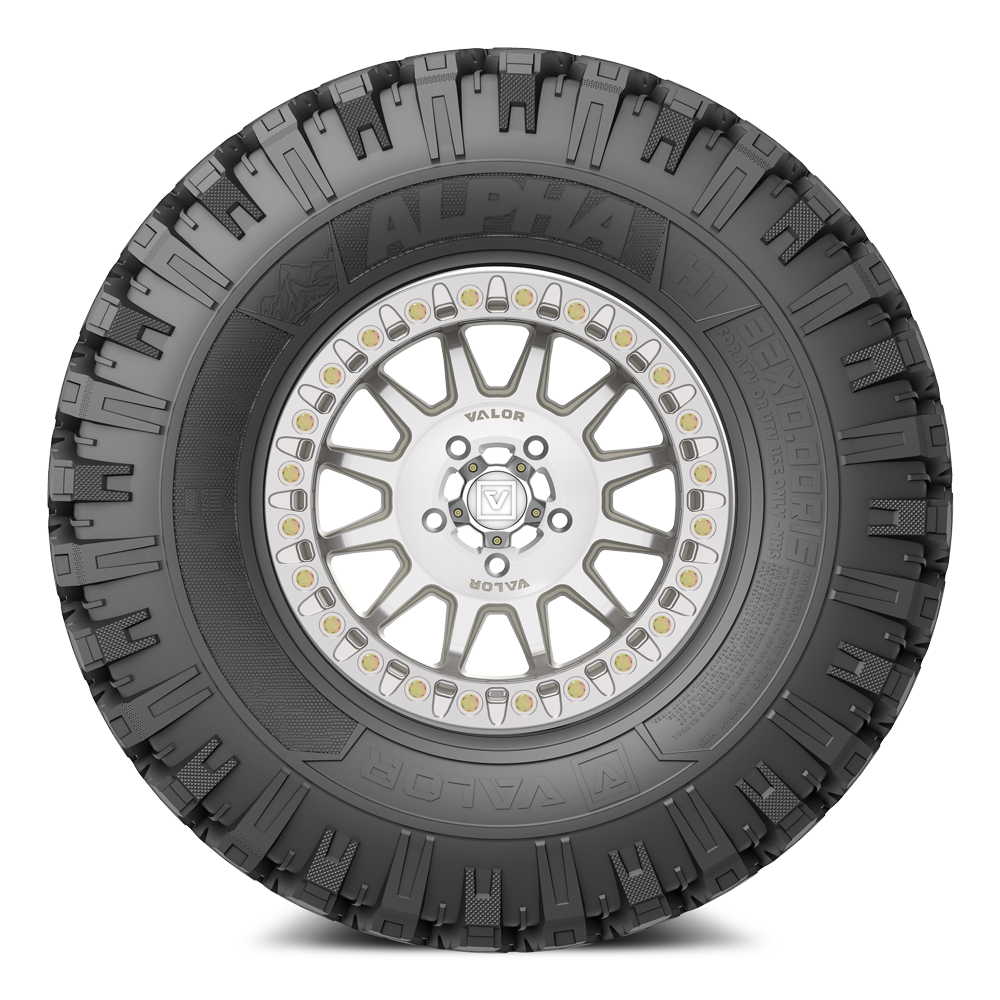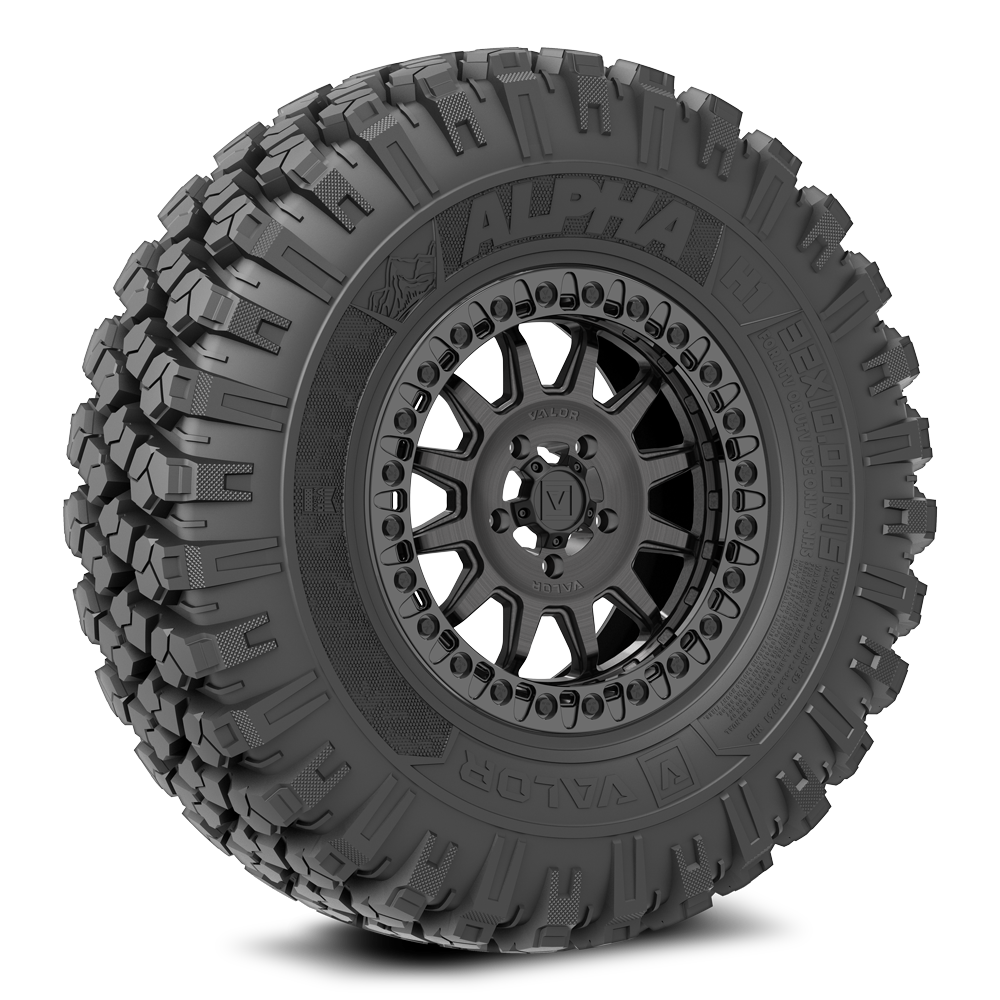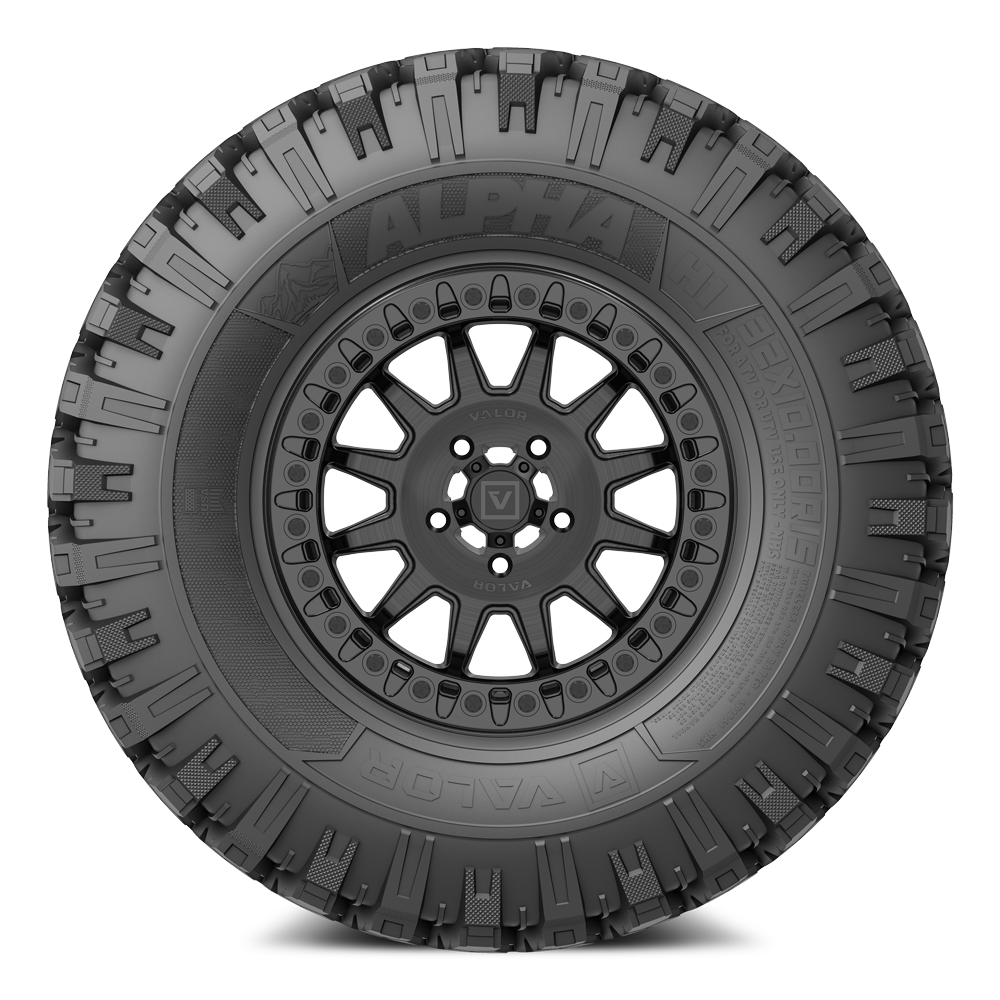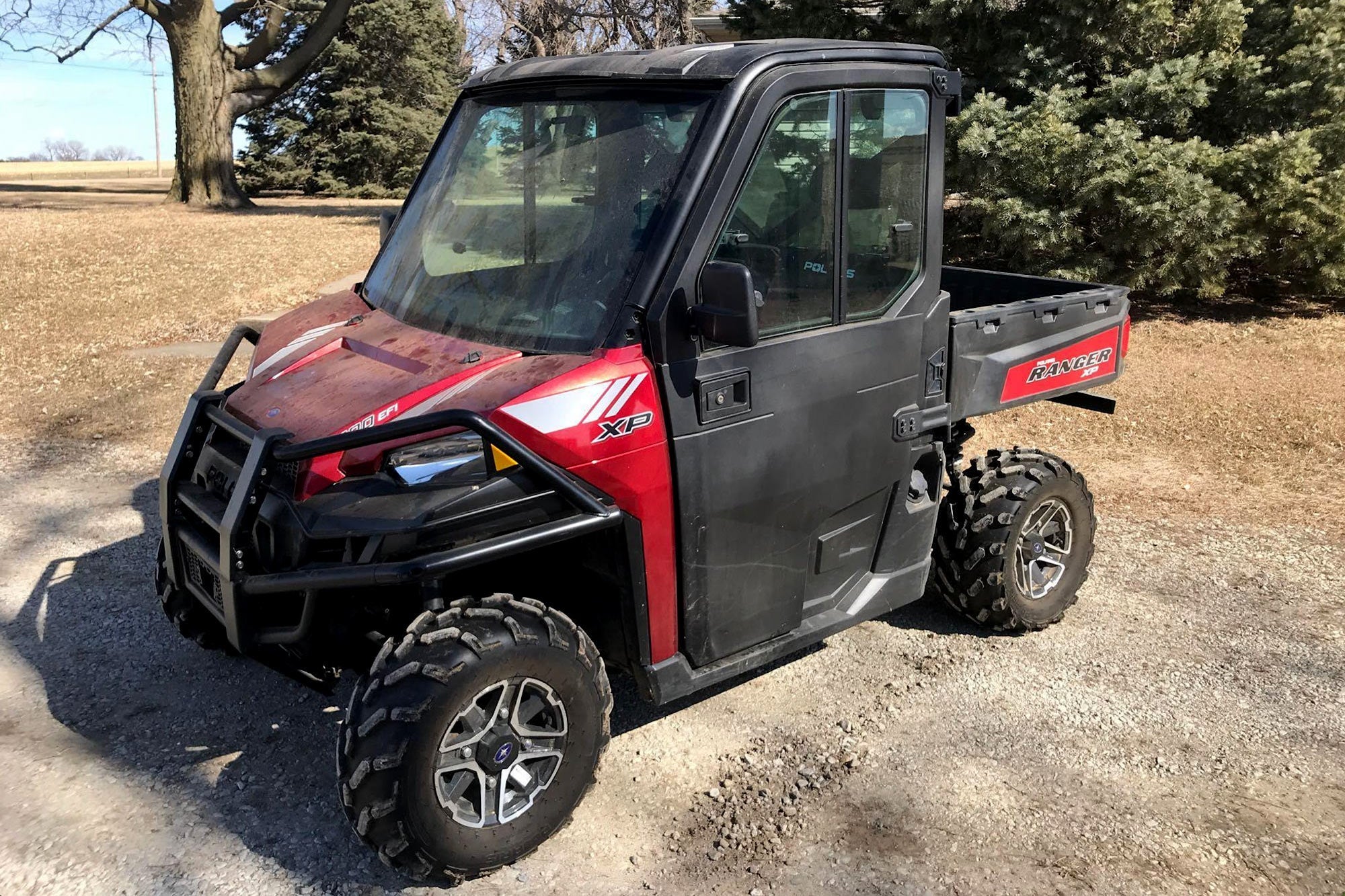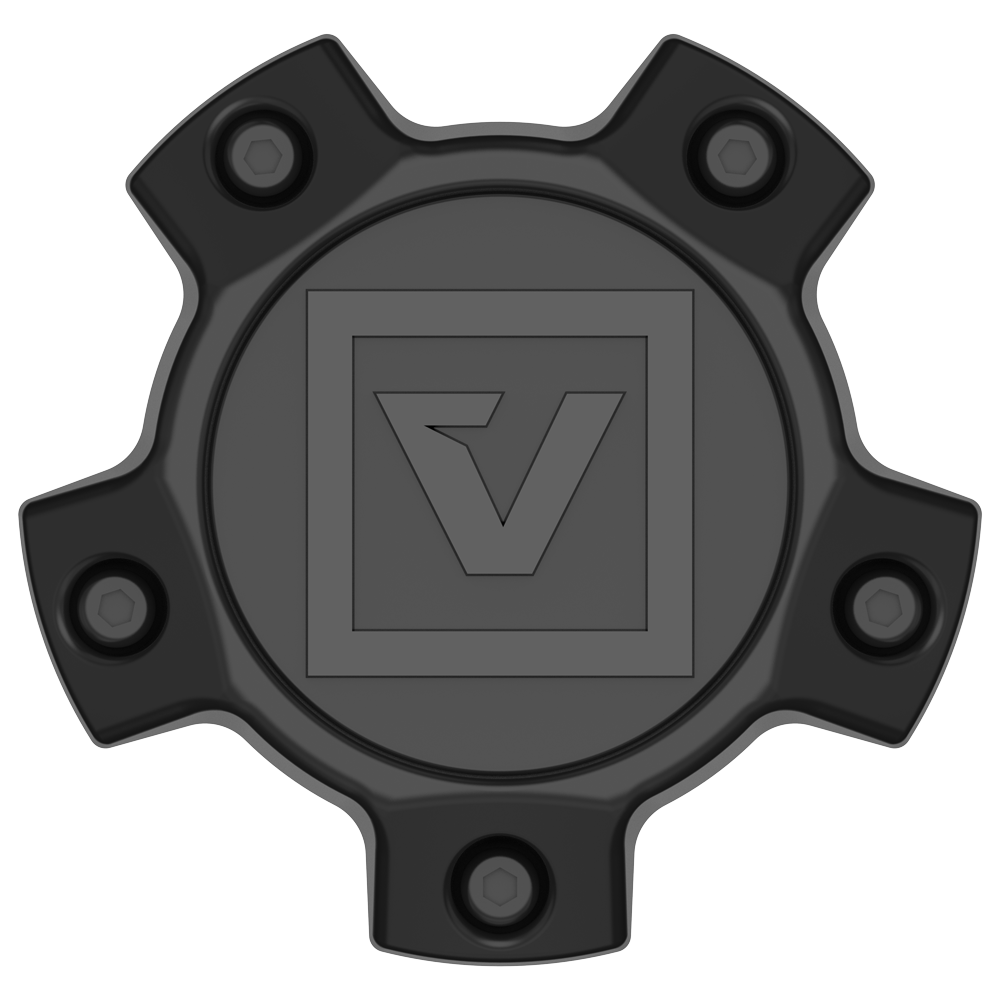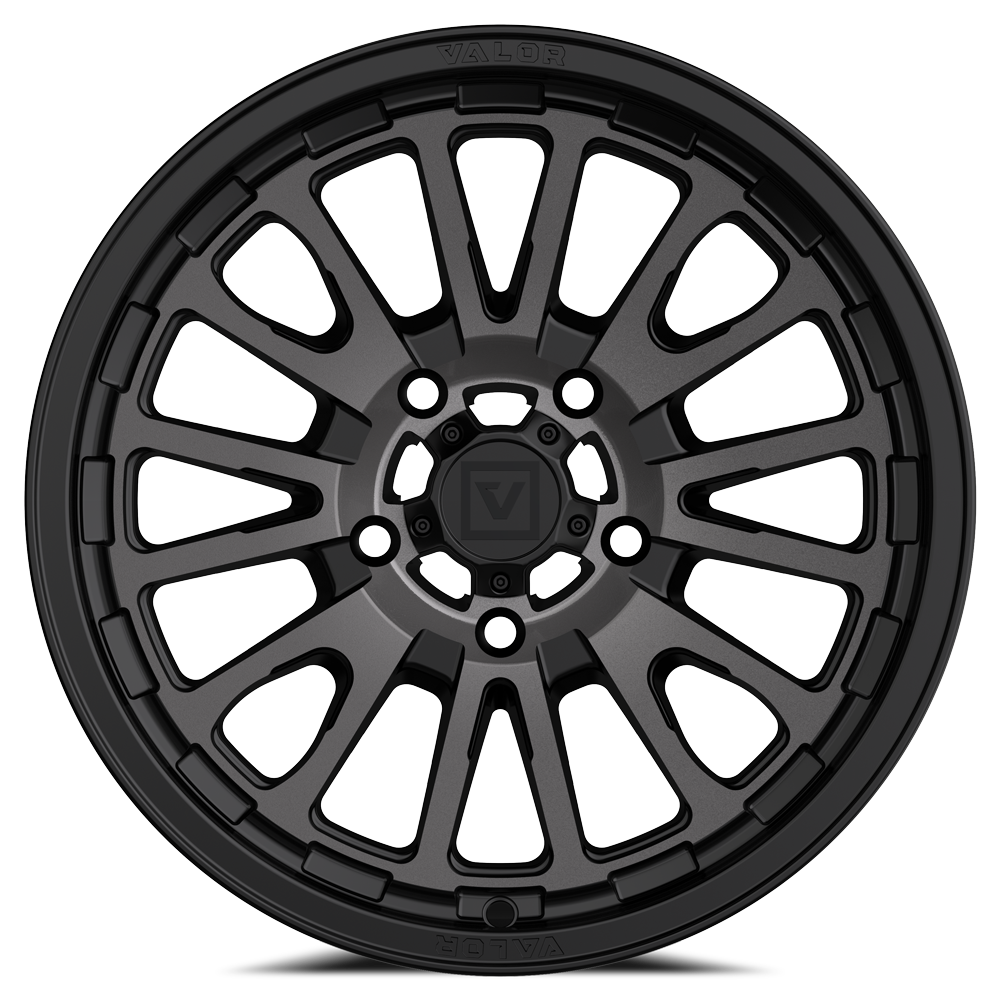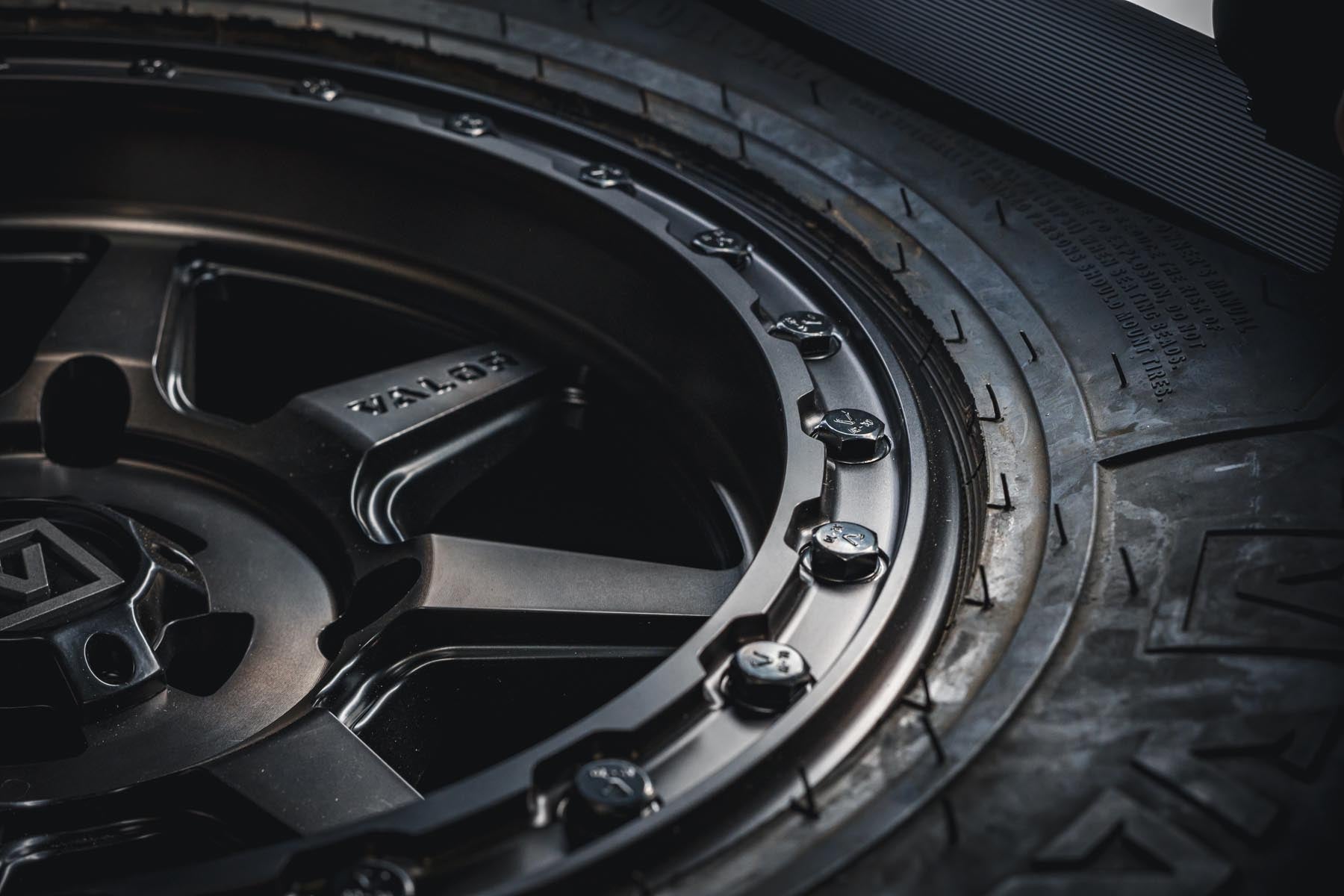Your guide to mounting and installing your new Valor Offroad UTV Beadlock Wheels
- Beadlock wheels are intended for off-road use ONLY.
- Only properly trained professional tire & wheel installers using OSHA-approved safety cages and safe tire mounting practices should mount and inflate tires.
- Each bolt MUST be checked and tightened for correct torque specifications using a star pattern.
- Never exceed 25 pounds to seat the inner tire bead.
- You must frequently inspect bolts and hardware to ensure that they are at the correct torque specification. We recommend retorquing before every ride.
- Only use Valor Offroad approved beadlock wheel hardware and replace hardware if bolts are damaged or worn.

Inventory Check
- You're going to need four (4) beadlock hardware kits. These are the rectangular boxes located at the bottom of your Valor Wheels box. Each hardware kit should enclose twenty (24) M8x25mm A2-70 stainless steel bolts and twenty (24) A2-70 stainless steel 16x1.5 mm washers.
- 13mm socket
- Hand ratchet
- Torque wrench to ensure you have the correct foot-pound torque on all of your bolts (you'll also need this tool for installation of wheels on the vehicle).
- (Optional) Anti-sieze lubricant (like Permatex) for mounting hardware.
UTV beadlock wheel installation at home:

Mounting Tire

Some utv tires have a mark on the sidewall near the bead that refers to the lightest spot on the tire. Make sure this mark (yellow circle on the tire we're using) is lined up directly under the valve stem of the wheel. The yellow circle or dot can help to balance your wheel and tire assembly so that the lightest point of the tire (the yellow circle) is matched up with the wheel's heaviest point (valve stem). The yellow dot indicates where the manufacturer has identified the lightest spot on the tire.

Assembling Beadlock




Next up, grab your handy torque wrench and set the foot-pounds to 18 for the subsequent tightening. By slowly adding pressure to each bolt, your rings will connect with the wheel and remain perfectly flat to hold your tire bead in place correctly. DO NOT EXCEED 18 ft pounds when installing your beadlock rings!




TLDR;
- Take your time. Don't be in a rush.
- Mount the inner bead over the backside of the wheel.
- Slide the outer tire bead on and center the tire.
- Line up the low spot on the tire with the valve stem. A low spot typically has a colored dot or mark on the sidewall near the lip protector.
- Place the ring and align the bolt holes.
- Apply anti-seize to the threads of each bolt. Anti-seize is your friend; use it.
- Start bolts by hand to avoid cross-threading.
- Using a star pattern, tighten each bolt a few turns at a time to ensure even pressure on the beadlock ring.
- Using a torque wrench, tighten the bolts in a star pattern to 18 ft-lbs.
- Do a final round of tightening to ensure ALL bolts give a click sound on the torque wrench.
- Lube the backside of the inner tire bead.
- Inflate the tire to seat the inner bead onto the wheel. DO NOT exceed the tire manufacturer's recommended maximum pressure for seating the beads. You will hear an audible "pop" when the tire bead seats on the wheel.
- Re-torque the ring bolts after the first 50 miles, and after each subsequent 200 miles.
- A few drops of dish soap in water can be sprayed to detect air leaks and ensure safe ring/tire seating.
- Over-tightening the beadlock bolts or using an extra-thick tire bead without a spacer can cause immediate stress points, which can lead to leaks and/or complete wheel and tire failure. If the beadlock ring bends inward (taco) toward the center cap or does not sit flat, DO NOT INSTALL ON VEHICLE.

How to install wheels on your UTV the correct way
You've assembled your new UTV beadlock wheels; now it's time to install them on your machine. We STRONGLY recommend you have a professional install your wheels and/or tires. If you do not know of a reliable dealer or technician near you, call us, and we can help locate one for you. If you insist on mounting your wheels, you MUST follow all steps below to ensure a proper and safe installation:
- The first step is to make sure you have the correct installation kit (lug nuts). Not all lugs are interchangeable, and if you're planning to run any Valor Offroad wheels, your OEM stock lugs WILL NOT WORK. You must purchase a kit from our Installation Kits. What kit do you need? Check out our Fitment Guide.
- Next, you're going to want to find flat ground to jack your vehicle off the ground. Because UTVs and ATVs do not come with an OEM parking/emergency brake, finding flat ground is your best bet for a safe start.
- Before you start jacking your vehicle up, use a quality torque wrench to loosen the lugs on the wheel while all four tires are still on the ground. This will ensure you're not wrenching on a stuck lug in the air or while the tire is spinning. Getting the lugs loose ensures a safe swap while the vehicle is up on a jack or rack.
- Using a floor jack or emergency jack from your vehicle, raise your vehicle enough so that the tire rotates freely. Are you plus-sizing your tires (increasing overall diameter)? You're going to want to factor in more room off the ground to allow for new, larger tires.
- Once your vehicle is safely jacked up and the wheel and tire are ready to be removed, unscrew all lugs using your fingers or a socket. If you need to use the torque wrench, you didn't loosen them enough while on the ground. Stop what you're doing and go back two steps.
- After you swap out your wheels and tires, finger-tighten your new spline lugs as far as you can.
- Using the socket only (not attached to a torque wrench), tighten the lugs down as much as you can using a star pattern (view diagram below).
- Lower the vehicle just enough so that the tires make contact with the ground and prevent the wheel and tire from spinning.
- Using a torque wrench, tighten each lug to the vehicle's OEM spec. What is your OEM spec? Contact your local dealer or visit your vehicle's owner's handbook.
- Lower the vehicle completely to the ground and, using the torque wrench again, ensure all lugs are to spec again using the star pattern below. You'll hear an audible noise when the lugs are correctly torqued.
HOW TO TIGHTEN LUGS

But wait, there's more!
You MUST retorque your lugs to OEM spec after no more than 20 miles. This applies to your daily driver, towing trailer, lawn mower, and especially your UTV, SxS, or ATV. Want to learn more about what happens when you decide to skip the retightening step? Check out our Why you should tighten your lugs post.
Warning Signs:
How do I know if my lugs are loose?
- Your gut is your best bet to prevent a catastrophic accident. If anything feels "off" with your vehicle, don't wait until you get home; pull over immediately and do a thorough inspection. Look at irregular stud length or abnormal wear on any parts.
- A wobble in your steering wheel is the first dead giveaway that something is up with one or more of your wheels and/or tires. You'll feel a tug on your steering wheel that will make it wobble back and forth. This may be a subtle wobble, but follow step one above and always trust your gut. The wobble may be as simple as you threw a tape weight on your truck wheels or that your alignment is out of whack, but it's always better to be safe than sorry.
- Smoke. If you see or smell smoke, you've already hit the point of no return. Pull over IMMEDIATELY.





